More from The 8th Virginia Regiment
0 Comments
The Parrot family were, according to genealogies, among the earliest German-speaking settlers of the Shenandoah Valley in 1734. They are believed to have been Swiss, which would make Jacob and his brothers Joseph and George three of several Swiss-descended soldiers in the 8th Virginia, alongside Chaplain Christian Streit, Lt. Jacob Rinker, and private soldier Joachim Fetzer. The name was originally spelled "Parett" or possibly "Barrett."
What Lieutenant Parrot did when he "left his detachment" is not clear, though the term "detachment" hints that it happened before the regiment was united in the spring of 1777. A fair guess is that he went home sick from the south without permission. After the ignominious end to his military service, he returned to the Shenandoah Valley and remained there until his death in 1829. He is buried next to his wife in a small cemetery northwest of Harrisonburg, several miles south of his old home in Shenandoah County. Though the stones match, it should be noted that one genealogy states that Jacob was never married.
Pat Kelly lives on the east side of the Blue Ridge in Albemarle County, about thirty miles south of Thomas Jefferson’s Monticello and more than an hour southeast of Jacob Parrot’s resting place. He descends from Jacob’s brother John, making him a 7th great-nephew. He grew up in East Tennessee (where his ancestor founded Parrottsville), but moved to Virginia in 1978 when he retired from the Navy. He has several Revolutionary War ancestors and has been researching Henry to see if he also fought in the war. Henry is listed in the Capt. John Tipton's company of activated Dunmore County Militia during Lord Dunmore’s War (1774), but he was not in the 8th Virginia and further service has not yet been demonstrated.
Fortunately, a search of the cemetery found his marker leaning with more than a dozen others against a concrete riser off to the side of the cemetery and not visible from the other graves. It is severely eroded, but its inscription is intact. It is broken at its base and could not be placed back in the ground in its current state. The stone for Jacob’s wife, Rachel, is still in the ground and is of identical design. Though intact, Jacob’s and Rachel’s inscriptions are too eroded to be easily legible. Only a few letters can be made out in photographs taken of them in 2013. Pouring water on Jacob’s stone made it only slightly more legible. The full inscription therefore seemed to be lost before a trick of nature revealed the full wording. Very carefully turning the stone to obliquely face the light of the late afternoon sun illuminated the edges of the letters and brought them back to almost full visibility. It reads TO THE MEMORY OF JACOB PArrIT Departed this Life May th[e?] 12 1829 Age[d?] [7?]2 Years 6 mo 19 d[ays?] The letters are carefully and somewhat formally executed, the odd mix of capital letters, the variant spelling of "Parrit," the small capital “H” in the second word, and the off-center placement of the fourth and fifth lines indicate that the marker was not made by a professional stone carver. If anything, this makes the memorial even more valuable as a relic of Jacob Parrot’s life. Someone who dearly loved him and his wife appears to have worked the stones to honor them. What at first look like scratches near the top of Jacob’s marker seem on closer inspection to be a decoration of some kind, perhaps a flower.
In Parrot’s case, it may be possible to craft a facsimile of the original stone. Then he and Rachel could continue to have matching stones as they have for two centuries. A repaired original could be reset upright at the correct angle to catch the rays of the late-day sun. Or it could be taken to the Harrisonburg-Rockingham Historical Society’s museum. At all costs, it should not disappear into someone’s garage. More from The 8th Virginia Regiment
Cooper was the lieutenant commandant, or “captain lieutenant,” of Col. John Neville’s company of the 4th Virginia Regiment. This was a new rank for the Continental Army modeled on British practice that resulted from a cost-saving reduction in the number of officers. As the regiment’s senior lieutenant, Cooper led a company nominally under the direct command of the colonel. Perhaps Abraham Kirkpatrick, the man who shot him, thought Cooper was putting on airs. Whatever his reason, Kirkpatrick was clearly the aggressor. He attacked Cooper with a stick. Cooper apparently had a more peaceful temperament and showed no “disposition to demand satisfaction.” The era’s code of honor, however, required him to make the challenge. His peers could not abide Cooper’s reluctance to stand up for himself and told him that “unless he did, he must leave the Regiment, as they were Determined he should not rank as an Officer.” Cooper reluctantly complied. He and Kirkpatrick faced off with pistols and the hapless lieutenant took a ball of lead to his leg. The limb was amputated and he was transferred to the Corps of Invalids. He was one of the very last men discharged from the army at the end of the war. More from The 8th Virginia Regiment
At the peak of his career, Mercer was selected by the Ohio Company of land speculators to represent their interests in London. The hated 1765 Stamp Act was enacted by Parliament while he was traveling. Not fully aware of sentiments at home, he accepted an appointment as Stamp Master for Virginia. He was overtaken by a mob and forced to resign when he returned to Virginia. Though the cheering crowd carried him out of the capitol in Williamsburg in celebration, Mercer soon left the colony for good.
Less than two years later, the Frederick Committee of Safety chose Thomas to lead a new company of Provincial soldiers, which was then assigned to the 8th Virginia Regiment. He continued to lead his men until their enlistments expired at Valley Forge in April of 1778 and then returned home to lead what appears to have been a quiet life. He died in 1818. Benjamin, the older brother, was the founder of Berryville—a town just north and west of the old Mercer property. Benjamin is better remembered because of his namesake town, but Thomas’s military service deserves to be remembered as well. Read More: "Lost & Found: James Kay & Thomas Berry" More from The 8th Virginia Regiment
James Kay enlisted in the 8th Virginia on February 20, 1776. This was four days after someone named John Kay enlisted in the same company. Recruiting and enlisting were family and community affairs in those days. John may have enlisted and then talked James into joining him. John was promoted to sergeant and then became an officer, so he was almost certainly older—probably James’s brother, but maybe his father, an uncle, or a cousin. James was only seventeen.
Captain Berry grew up in King George, at the family plantation known as Berry Plain. Like so many others, his great grandfather had come to Virginia in 1650 as an indentured servant. From that humble start, the family did well. Berry Plain was built about 1720. Thomas and his older brother Benjamin moved to Frederick County sometime before the war and settled near Battletown, the tavern village famous for street brawls sometimes featuring future general Daniel Morgan. Berry Plain is still standing, has been restored, and was up for sale in 2007. (Some of the plantation’s valuable and ancient boxwoods were sold to Colonial Williamsburg in the 1930s, providing much needed funds to “save the farm.”) Battletown, meanwhile, is now known as Berryville and is the county seat of Clarke County (created in 1836). Benjamin is recognized at the town's founder. When Berry and Jolliffe were appointed by the Frederick County Committee of Safety, they had recruiting quotas to fill. It appears that Berry's ties to King George County were still so strong that he made a trip home to recruit among his old friends and neighbors. That, at any rate, would explain Kay’s enlistment. Berry’s company was assigned to the 8th Virginia Regiment, which was brought south into the Carolinas in the spring of 1776. Berry and Kay were present in Charleston for the Battle of Sullivan’s Island, though most 8th Virginia men were not in combat. We know Private Kay was at Sunbury, Georgia that summer when many of his comrades succumbed to malaria. Having grown up near the Chesapeake, he may have had some resistance to the mosquito-borne disease. The soldiers were given furloughs after returning to Virginia that winter and then marched to Philadelphia where they were inoculated for smallpox. Lieutenant Jolliffe was quarantined with smallpox that spring in Winchester, either naturally contracted or from inoculation, and died from it.)
After the war, thousands of Virginia veterans moved to Kentucky. Kay settled in Fayette County, named for the Marquis de Lafayette. By 1826 he lived in Boone County, named for Daniel Boone, but since Boone had originally been part of Fayette that doesn't necessarily mean he moved. He applied for a veteran’s pension in 1833 to supplement a wounded veteran’s benefit he was already receiving and died soon after. He was buried at Salem Baptist Church, then a log church built by a congregation formed in 1827. The church has since been known as Salem Predestinarian Baptist Church and as Salem Creek United Baptist Church.
They found Private Kay’s marker intact but lying flat on the ground in the Salem Baptist Church cemetery. Because the stone is worn and hard to read, they plan to replace it with a new one. The ground is frozen, however, so they are leaving it alone until after the ground thaws. For now, they are working on the application for a government-issued headstone and searching for relatives who might attend a ceremony this summer or fall. If you are a descendant or relative of James Kay, please reach out to the Simon Kenon Chapter, SAR.
More from The 8th Virginia RegimentFuture president Theodore Roosevelt published this account of Arthur St. Clair's defeat at the Battle of the Wabash for Harper's New Monthly Magazine in May 1896. It was later used as a chapter in Roosevelt's four-volume history The Winning of the West. The defeat was an embarrassing scandal for the Washington Administration, resulting in the first Congressional oversight investigation. 8th Virginia veteran Lt. Col. William Darke was the only officer to survive the debacle with his reputation improved. St. Clair's Defeat |
| The attitude of the United States and Great Britain, as they faced each other in the Western wilderness at the beginning of the year 1791, was one of scarcely veiled hostility. The British held the lake posts at Detroit, Mackinaw, and Niagara, and more or less actively supported the Indians in their efforts to bar the Americans from the Northwest. Nominally they held the posts because the Americans had themselves left unfulfilled some of the conditions of the treaty of peace; but this was felt not to be the real reason, and the Americans loudly protested that their conduct was due to sheer hatred of the young republic. The explanation was simpler. The British had no far-reaching design to prevent the spread and growth of the English-speaking people on the American continent. They cared nothing, one way or the other, for that spread and growth, and it is unlikely that they wasted a moment’s thought on the ultimate future of the race. All that they desired was to preserve the very valuable fur trade of the region round the Great Lakes for their own benefit. They were acting from the motives of self-interest that usually control nations; and it never entered their heads to balance against these immediate interests the future of a nation many of whose members were to them mere foreigners. |
The governmental authorities of the newly created republic shared these feelings. They felt no hunger for the Indian lands; they felt no desire to stretch their boundaries, and thereby add to their already heavy burdens and responsibilities. They wished to do strict justice to the Indians; the treaties they held with them were carried on with scrupulous fairness, and were honorably lived up to by the United States officials. They strove to keep peace, and made many efforts to persuade the frontiersmen to observe the Indian boundary lines, and not to intrude on the territory in dispute; and they were quite unable to foresee the rapidity of the nation’s westward growth. Like the people of the Eastern seaboard, the men high in governmental authority were apt to look upon the frontiersmen with feelings dangerously kin to dislike and suspicion. Nor were these feelings wholly unjustifiable. The men who settle in a new country and begin subduing the wilderness plunge back into the very conditions from which the race has raised itself by the slow toil of ages. The conditions cannot but tell upon them. Inevitably, and for more than one lifetime—perhaps for several generations—they tend to retrograde, instead of advancing. They drop away from the standard which highly civilized nations have reached. As with harsh and dangerous labor they bring the new land up towards the level of the old, they themselves partly revert to their ancestral conditions; they sink back towards the state of their ages-dead barbarian forefathers. Few observers can see beyond this temporary retrogression into the future for which it is a preparation. There is small cause for wonder in the fact that so many of the leaders of Eastern thought looked with coldness upon the effort of the Westerners to push north of the Ohio.
| Yet it was these Western frontiersmen who were the real and vital factors in the solution of the problems which so annoyed the British monarchy and the American republic. They eagerly craved the Indian lands; they would not be denied entrance to the thinly peopled territory, wherein they intended to make homes for themselves and their children. Rough, masterful, lawless, they were neither daunted by the prowess of the red warriors whose wrath they braved, nor awed by the displeasure of the government whose solemn engagements they violated. The enormous extent of the frontier dividing the white settler from the savage, and the tangled inaccessibility of the country in which it everywhere lay, rendered it as difficult for the national authorities to control the frontiersmen as it was to chastise the Indians. |
| The situation had reached this point by the year 1791. For seven years the Federal authorities had been vainly endeavoring to make some final settlement of the question by entering into treaties with the Northwestern and Southwestern tribes. In the earlier treaties the delegates from the Continental Congress asserted that the United States were invested with the fee of all the land claimed by the Indians. In the later treaties the Indian proprietorship of the lands was conceded. This concession at the time seemed important to the whites; but the Indians probably never understood that there had been any change of attitude; nor did it make any practical difference, for, whatever the theory might be, the lands had eventually to be won, partly by whipping the savages in fight, partly by making it better worth their while to remain at peace than to go to war. |
As a matter of fact the red men were as little disposed as the white to accept a peace on any terms that were possible. The Secretary of War, who knew nothing of Indians by actual contact, wrote that it would be indeed pleasing “to a philosophic mind to reflect that, instead of exterminating a part of the human race by our modes of population . . . . we had imparted our knowledge of cultivation and the arts to the aboriginals of the country,” thus preserving and civilizing them; and the public men who represented districts remote from the frontier shared these views of large though vague beneficence. But neither the white frontiersmen nor their red antagonists possessed “philosophic minds.” They represented two stages of progress, ages apart, and it would have needed many centuries to bring the lower to the level of the higher. Both sides recognized the fact that their interests were incompatible, and that the question of their clashing rights had to be settled by the strong hand.
In the Northwest matters culminated sooner than in the Southwest. The Georgians and the settlers along the Tennessee and Cumberland were harassed rather than seriously menaced by the Creek war parties; but in the North the more dangerous Indians of the Miami, the Wabash, and the lakes gathered in bodies so large as fairly to deserve the name of armies. Moreover, the pressure of the white advance was far heavier in the North. The pioneers who settled in the Ohio basin were many times as numerous as those who settled on the lands west of the Oconee or north of the Cumberland, and were fed from States much more populous. The advance was stronger, the resistance more desperate; naturally the open break occurred where the strain was most intense.
There was fierce border warfare in the South. In the North there were regular campaigns, and pitched battles were fought between Federal armies as large as those commanded by Washington at Trenton or Greene at Eutaw Springs, and bodies of Indian warriors more numerous than had ever yet appeared on any single field.
The newly created government of the United States was very reluctant to make formal war on the Northwestern Indians. Not only were President Washington and the national Congress honorably desirous of peace, but they were hampered for funds, and dreaded any extra expense. Nevertheless, they were forced into war. Throughout the years 1789 and 1790 an increasing volume of appeals for help came from the frontier countries. The Governor of the Northwestern Territory, the Brigadier-General of the troops on the Ohio, the members of the Kentucky Convention, all the county lieutenants of Kentucky, the lieutenants of the frontier counties of Virginia proper, the representatives from the counties, the field officers of the different districts, the General Assembly of Virginia—all sent bitter complaints and long catalogues of injuries to the President, the Secretary of War, and the two Houses of Congress—complaints which were redoubled after Harmar’s failure. With heavy hearts the national authorities prepared for war. Their decision was justified by the redoubled fury of the Indian raids during the early part of 1791. Among others, the settlements near Marietta were attacked, a day or two after the new year began, in bitter winter weather. A dozen persons, including a woman and two children, were killed, and five men were taken prisoners. The New England settlers, though brave and hardy, were unused to Indian warfare. They were taken by surprise, and made no effective resistance; the only Indian hurt was wounded with a hatchet by the wife of a frontier hunter. There were some twenty-five Indians in the attacking party; they were Wyandots and Delawares, who had been mixing on friendly terms with the settlers throughout the preceding summer, and so knew how best to deliver the assault. The settlers had not only treated these Indians with much kindness, but had never wronged any of the red race, and had been lulled into a foolish feeling of security by the apparent good-will of the treacherous foes. The assault was made in the twilight on the 2d of January, the Indians crossing the frozen Muskingum, and stealthily approaching a blockhouse and two or three cabins. The inmates were frying meat for supper, and did not suspect harm, offering food to the Indians; but the latter, once they were within-doors, dropped the garb of friendliness, and shot or tomahawked all save a couple of men who escaped, and the five who were made prisoners. The captives were all taken to the Miami or Detroit, and, as usual, were treated with much kindness and humanity by the British officers and traders with whom they came in contact. McKee, the British Indian agent, who was always ready to incite the savages to war against the Americans as a nation, but who was quite as ready to treat them kindly as individuals, ransomed one prisoner; the latter went to his Massachusetts home to raise the amount of his ransom, and returned to Detroit to refund it to his generous rescuer. Another prisoner was ransomed by a Detroit trader, and worked out his ransom in Detroit itself. Yet another was redeemed from captivity by the famous Iroquois chief Brant, who was ever a terrible and implacable foe, but a greathearted and kindly victor. The fourth prisoner died, while the Indians took so great a liking to the fifth that they would not let him go, but adopted him into the tribe, made him dress as they did, and in a spirit of pure friendliness pierced his ears and nose. After Wayne’s treaty he was released, and returned to Marietta to work at his trade as a stone-mason, his bored nose and slit ears serving as mementos of his captivity.
The squalid little town of Cincinnati also suffered from the Indian war parties in the spring of this year, several of the townsmen being killed by the savages, who grew so bold that they lurked through the streets at nights, and lay in ambush in the gardens where the garrison of Fort Washington raised their vegetables. One of the Indian attacks, made upon a little palisaded “station” which had been founded by a man named Dunlop, some seventeen miles from Cincinnati, was noteworthy because of an act of not uncommon cruelty by the Indians. In the station there were some regulars. Aided by the settlers, they beat back their foes; whereupon the enraged savages brought one of their prisoners within ear-shot of the walls and tortured him to death. The torture began at midnight, and the screams of the wretched victim were heard until daylight.
Until this year the war was not general. One of the most bewildering problems to be solved by the Federal officers on the Ohio was to find out which tribes were friendly and which hostile. Many of the inveterate enemies of the Americans were as forward in professions of friendship as the peaceful Indians, and were just as apt to be found at the treaties, or lounging about the settlements; and this widespread treachery and deceit made the task of the army officers puzzling to a degree. As for the frontiersmen, who had no means whatever of telling a hostile from a friendly tribe, they followed their usual custom, and lumped all the Indians, good and bad, together, for which they could hardly be blamed. Even St. Clair, who had small sympathy with the backwoodsmen, acknowledged that they could not and ought not to submit patiently to the cruelties and depredations of the savages: “they are in the habit of retaliation, perhaps without attending precisely to the nations from which the injuries are received.” A long course of such aggressions and retaliations resulted, by the year 1791, in all the Northwestern Indians going on the war-path. The hostile tribes had murdered and plundered the frontiersmen; the vengeance of the latter, as often as not, had fallen on friendly tribes; and these justly angered friendly tribes usually signalized their taking the red hatchet by some act of treacherous hostility directed against settlers who had not molested them.
In the late winter of 1791 the hitherto friendly Delawares, who hunted or traded along the western frontiers of Pennsylvania and Virginia proper, took this manner of showing that they had joined the open foes of the Americans. A big band of warriors spread up and down the Alleghany for about forty miles, and on the 9th of February attacked all the outlying settlements. The Indians who delivered this attack had long been on intimate terms with the Alleghany settlers, who were accustomed to see them in and about their houses; and as the savages acted with seeming friendship to the last moment, they were able to take the settlers completely unawares, so that no effective resistance was made. Some settlers were killed and some captured. Among the captives was a lad named John Brickell, who, though at first maltreated, and forced to run the gauntlet, was afterwards adopted into the tribe, and was not released until after Wayne’s victory. After his adoption he was treated with the utmost kindness, and conceived a great liking for his captors, admiring their many good qualities, especially their courage and their kindness to their children. Long afterwards he wrote down his experiences, which possess a certain value as giving from the Indian stand-point an account of some of the incidents of the forest warfare of the day.
The warriors who had engaged in this raid on their former friends, the settlers along the Alleghany, retreated two or three days’ journey into the wilderness to an appointed place, where they found their families. One of the Girtys was with the Indians. No sooner had the last of the warriors come in, with their scalps and prisoners, including the boy Brickell, than ten of their number deliberately started back to Pittsburg, to pass themselves as friendly Indians, and trade. In a fortnight they returned, laden with goods of various kinds, including whiskey. Some of the inhabitants, sore from disaster, suspected that these Indians were only masquerading as friendly, and prepared to attack them; but one of the citizens warned them of their danger, and they escaped. Their effrontery was as remarkable as their treachery and duplicity. They had suddenly attacked and massacred settlers by whom they had never been harmed, and with whom they preserved an appearance of entire friendship up to the very moment of the assault. Then, their hands red with the blood of their murdered friends, they came boldly into Pittsburg, among the near neighbors of these same murdered men, and stayed there several days to trade, pretending to be peaceful allies of the whites. With savages so treacherous and so ferocious it was a mere impossibility for the borderers to distinguish the hostile from the friendly, as they hit out blindly to revenge the blows that fell upon them from unknown hands. Brutal though the frontiersmen often were, they never employed the systematic and deliberate bad faith which was a favorite weapon with even the best of the red tribes.
The people who were out of reach of the Indian tomahawk, and especially the Federal officers, were often unduly severe in judging the borderers for their deeds of retaliation. Brickell’s narrative shows that the parties of seemingly friendly Indians who came in to trade were sometimes—and, indeed, in this year 1791 it is probable they were generally—composed of Indians who were engaged in active hostilities against the settlers, and who were always watching for a chance to murder and plunder. On March 9th, a month after the Delawares had begun their attacks, the grim backwoods Captain Brady, with some of his Virginian rangers, fell on a party of them who had come to a block-house to trade, and killed four. The Indians asserted that they were friendly, and both the Federal Secretary of War and the Governor of Pennsylvania denounced the deed and threatened the offenders; but the frontiersmen stood by them. Soon afterwards a delegation of chiefs from the Seneca tribe of the Iroquois arrived at Fort Pitt and sent a message to the President complaining of the murder of these alleged friendly Indians. On the very day these Seneca chiefs started on their journey home another Delaware war party killed nine settlers, men, women, and children, within twenty miles of Fort Pitt, which so enraged the people of the neighborhood that the lives of the Senecas were jeopardized. The United States authorities were particularly anxious to keep at peace with the Six Nations, and made repeated efforts to treat with them; but the Six Nations stood sullenly aloof, afraid to enter openly into the struggle, and yet reluctant to make a firm peace or cede any of their lands.
The intimate relations between the Indians and the British at the lake posts continued to perplex and anger the Americans. While the frontiers were being mercilessly ravaged, the same Indians who were committing the ravages met in council with the British agent, Alexander McKee, at the Miami Rapids, the council being held in this neighborhood for the special benefit of the very towns which were most hostile to the Americans, and which had been partially destroyed by Harmar the preceding fall. The Indian war was at its height, and the murderous forays never ceased throughout the spring and summer. McKee came to Miami in April, and was forced to wait nearly three months, because of the absence of the Indian war party, before the principal chiefs and head men gathered to meet him. At last, on July 1st, they were all assembled; not only the Shawnees, Delawares, Wyandots, Ottawas, Pottawattamies, and others who had openly taken the hatchet against the Americans, but also representatives of the Six Nations, and tribes of savages from lands so remote that they carried no guns, but warred with bows, spears, and tomahawks, and were clad in buffalo-robes instead of blankets. McKee in his speech to them did not incite them to war. On the contrary, he advised them, in guarded language, to make peace with the United States, but only upon terms consistent with their “honor and interest.” He assured them that, whatever they did, he wished to know what they desired, and that the sole purpose of the British was to promote the welfare of the confederated Indians. Such very cautious advice was not of a kind to promote peace; and the goods furnished the savages at the council included not only cattle, corn, and tobacco, but also quantities of powder and balls.
The chief interest of the British was to preserve the fur trade for their merchants, and it was mainly for this reason that they clung so tenaciously to the lake posts. For their purposes it was essential that the Indians should remain lords of the soil. They preferred to see the savages at peace with the Americans, provided that in this way they could keep their lands; but, whether through peace or war, they wished the lands to remain Indian, and the Americans to be barred from them. While they did not at the moment advise war, their advice to make peace was so faintly uttered and so hedged round with conditions as to be of no weight, and they furnished the Indians not only with provisions, but with munitions of war. While McKee and other British officers were at the Miami Rapids, holding councils with the Indians and issuing to them goods and weapons, bands of braves were continually returning from forays against the American frontier, bringing in scalps and prisoners; and the wilder subjects of the British King, like the Girtys, and some of the French from Detroit, went off with the war parties on their forays. The authorities at the capital of the new republic were deceived by the warmth with which the British insisted that they were striving to bring about a peace; but the frontiersmen were not deceived, and they were right in their belief that the British were really the mainstay and support of the Indians in their warfare.
Peace could only be won by the unsheathed sword. Even the national government was reluctantly driven to this view. As all the Northwestern tribes were banded in open war, it was useless to let the conflict remain a succession of raids and counter-raids. Only a severe stroke delivered by a formidable army could cow the tribes. It was hopeless to try to deliver such a crippling blow with militia alone, and it was very difficult for the infant government to find enough money or men to equip an army composed exclusively of regulars. Accordingly preparations were made for a campaign with a mixed force of regulars, special levies, and militia; and St. Clair, already Governor of the Northwestern Territory, was put in command of the army as Major-General.
Before the army was ready the Federal government was obliged to take other measures for the defence of the border. Small bodies of rangers were raised from among the frontier militia, being paid at the usual rate for soldiers in the army—a net sum of about two dollars a month while in service. In addition, on the repeated and urgent request of the frontiersmen, a few of the most active hunters and best woodsmen, men like Brady, were enlisted as scouts, being paid six or eight times the ordinary rate. These men, because of their skill in woodcraft and their thorough knowledge of Indian fighting, were beyond comparison more valuable than ordinary militia or regulars, and were prized very highly by the frontiersmen.
Besides thus organizing the local militia for defence, the President authorized the Kentuckians to undertake two offensive expeditions against the Wabash Indians, so as to prevent them from giving aid to the Miami tribes, whom St. Clair was to attack. Both expeditions were carried on by bands of mounted volunteers, such as had followed Clark on his various raids. The first was commanded by Brigadier-General Charles Scott; Colonel John Hardin led his advance-guard, and Wilkinson was second in command. Towards the end of May, Scott crossed the Ohio at the head of eight hundred horse-riflemen, and marched rapidly and secretly towards the Wabash towns. A mounted Indian discovered the advance of the Americans, and gave the alarm, and so most of the Indians escaped just as the Kentucky riders fell on the towns. But little resistance was offered by the surprised and outnumbered savages. Only five Americans were wounded, while of the Indians thirty-two were slain, as they fought or fled, and forty-one prisoners, chiefly women and children, were brought in, either by Scott himself, or by his detachments under Hardin and Wilkinson. Several towns were destroyed, and the growing corn cut down. There were not a few French living in the towns, in well-finished log houses, which were burned with the wigwams. The second expedition was under the command of Wilkinson, and consisted of over five hundred men. He marched in August, and repeated Scott’s feat, again burning down two or three towns, and destroying the goods and the crops. He lost three or four men killed or wounded, but killed ten Indians and captured some thirty. In both expeditions the volunteers behaved well, and committed no barbarous act, except that in the confusion of the actual onslaught a few non-combatants were slain. The Wabash Indians were cowed and disheartened by their punishment, and in consequence gave no aid to the Miami tribes; but beyond this the raids accomplished nothing, and brought no nearer the wished-for time of peace. Meanwhile St. Clair was striving vainly to hasten the preparations for his own far more formidable task. There was much delay in forwarding him the men and the provisions and munitions. Congress hesitated and debated; the Secretary of War, hampered by a newly created office and insufficient means, did not show to advantage in organizing the campaign, and was slow in carrying out his plans, while there was positive dereliction of duty on the part of the quartermaster, and the contractors proved both corrupt and inefficient. The army was often on short commons, lacking alike food for the men and fodder for the horses; the powder was poor, the axes useless, the tents and clothing nearly worthless, while the delays were so extraordinary that the troops did not make the final move from Fort Washington until mid-September.
St. Clair himself was broken in health; he was a sick, weak, elderly man, high-minded, and zealous to do his duty, but totally unfit for the terrible responsibilities of such an expedition against such foes. The troops were of wretched stuff. There were two small regiments of regular infantry, the rest of the army being composed of six months levies and of militia ordered out for this particular campaign. The pay was contemptible. Each private was given three dollars a month, from which ninety cents were deducted, leaving a net payment of two dollars and ten cents a month. Sergeants netted three dollars and sixty cents, while the lieutenants received twenty-two, the captains thirty, and the colonels sixty dollars. The mean parsimony of the nation in paying such low wages to men about to be sent on duties at once very arduous and very dangerous met its fit and natural reward. Men of good bodily powers and in the prime of life, and especially men able to do the rough work of frontier farmers, could not be hired to fight Indians in unknown forests for two dollars a month. Most of the recruits were from the streets and prisons of the seaboard cities. They were hurried into a campaign against peculiarly formidable foes before they had acquired the rudiments of a soldier’s training, and of course they never even understood what woodcraft meant. The officers were men of courage, as in the end most of them showed by dying bravely on the field of battle, but they were utterly untrained themselves, and had no time in which to train their men. Under such conditions it did not need keen vision to foretell disaster. Harmar had learned a bitter lesson the preceding year; he knew well what Indians could do and what raw troops could not, and he insisted with emphasis that the only possible outcome to St. Clair’s expedition was defeat.
As the raw troops straggled to Pittsburg they were shipped down the Ohio to Fort Washington; and St. Clair made the headquarters of his army at a new fort some twenty-five miles northward, which he christened Fort Hamilton. During September the army slowly assembled two small regiments of regulars, two of six months levies, a number of Kentucky militia, a few cavalry, and a couple of small batteries of light guns. After wearisome delays, due mainly to the utter inefficiency of the quartermaster and contractor, the start for the Indian towns was made on October the 4th. The army trudged slowly through the deep woods and across the wet prairies, cutting out its own road, and making but five or six miles a day. On October 13th a halt was made to build another little fort, christened in honor of Jefferson. There were further delays, caused by the wretched management of the commissariat department, and the march was not resumed until the 24th, the numerous sick being left in Fort Jefferson. Then the army once more stumbled northward through the wilderness. The regulars, though mostly raw recruits, had been reduced to some kind of discipline, but the six months levies were almost worse than the militia. Owing to the long delays, and to the fact that they had been enlisted at various times, their terms of service were expiring day by day, and they wished to go home, and tried to, while the militia deserted in squads and bands. Those that remained were very disorderly. Two who attempted to desert were hanged, and another, who shot a comrade, was hanged also; but even this severity in punishment failed to stop the demoralization.
With such soldiers there would have been grave risk of disaster under any commander, but St. Clair’s leadership made the risk a certainty. There was Indian sign, old and new, all through the woods, and the scouts and stragglers occasionally interchanged shots with small parties of braves, and now and then lost a man killed or captured. It was therefore certain that the savages knew every movement of the army, which, as it slowly neared the Miami towns, was putting itself within easy striking range of the most formidable Indian confederacy in the Northwest. The density of the forest was such that only the utmost watchfulness could prevent the foe from approaching within arm’s-length unperceived. It behooved St. Clair to be on his guard, and he had been warned by Washington, who had never forgotten the scenes of Braddock’s defeat, of the danger of a surprise. But St. Clair was broken down by the worry and by continued sickness; time and again it was doubtful whether he could do so much as stay with the army. The second in command, Major-General Richard Butler, was also sick most of the time, and, like St. Clair, he possessed none of the qualities of leadership save courage, The whole burden fell on the Adjutant-General, Colonel Winthrop Sargent, an old Revolutionary officer; without him the expedition would probably have failed in ignominy even before the Indians were reached; and he showed not only cool courage, but ability of a good order; yet in the actual arrangements for battle he was of course unable to remedy the blunders of his superiors.
St. Clair should have covered his front and flanks for miles around with scouting parties; but he rarely sent any out, and, thanks to letting the management of those that did go devolve on his subordinates, and to not having their reports made to him in person, he derived no benefit from what they saw. He had twenty Chickasaws with him, but he sent these off on an extended trip, lost touch of them entirely, and never saw them again until after the battle. He did not seem to realize that he was himself in danger of attack. When some fifty miles or so from the Miami towns, on the last day of October, sixty of the militia deserted; and he actually sent back after them one of his two regular regiments, thus weakening by one-half the only trustworthy portion of his force.
On November 3d the doomed army, now reduced to a total of about fourteen hundred men, camped on the eastern fork of the Wabash, high up, where it was but twenty yards wide. There was snow on the ground, and the little pools were skimmed with ice. The camp was on a narrow rise of ground, where the troops were cramped together, the artillery and most of the horse in the middle. On both flanks and along most of the real the ground was low and wet. All about the wintry woods lay in frozen silence. In front the militia were thrown across the creek, and nearly a quarter of a mile beyond the rest of the troops. Parties of Indians were seen during the afternoon, and they skulked around the lines at night, so that the sentinels frequently fired at them; yet neither St. Clair nor Butler took any adequate measures to ward off the impending blow. It is improbable that, as things actually were at this time, they could have won a victory over their terrible foes, but they might have avoided overwhelming disaster.
On November 4th the men were under arms, as usual, by dawn, St. Clair intending to throw up intrenchments and then make a forced march in light order against the Indian towns. But he was forestalled. Soon after sunrise, just as the men were dismissed from parade, a sudden assault was made upon the militia, who lay unprotected beyond the creek. The unexpectedness and fury of the onset, the heavy firing, and the wild whoops and yells of the throngs of painted savages threw the militia into disorder. After a few moments’ resistance they broke and fled in wild panic to the camp of the regulars, among whom they drove in a frightened herd, spreading dismay and confusion.
The drums beat, and the troops sprang to arms as soon as they heard the heavy firing at the front, and their volleys for a moment checked the onrush of the plumed woodland warriors. But the check availed nothing. The braves filed off to one side and the other, completely surrounded the camp, killed or drove in the guards and pickets, and then advanced close to the main lines.
Each charge seemed for a moment to be successful, the Indians rising in swarms and running in headlong flight from the bayonets. In one of the earliest, in which Colonel Darke led his battalion, the Indians were driven several hundred yards across the branch of the Wabash; but when the colonel halted and rallied his men he found that the savages had closed in behind him, and he had to fight his way back, | A furious battle followed. After the first onset the Indians fought in silence, no sound coming from them save the incessant rattle of their fire as they crept from log to log, from tree to tree, ever closer and closer. The soldiers stood in close order in the open; their musketry and artillery fire made a tremendous noise, but did little damage to a foe they could hardly see. Now and then, through the hanging smoke, terrible figures flitted, painted black and red, the feathers of hawk and eagle braided in their long scalp locks; but, save for these glimpses, the soldiers knew the presence of their somber enemy only from the fearful rapidity with which their comrades fell dead and wounded in the ranks. They never even knew the numbers or leaders of the Indians. At the time it was supposed that they outnumbered the whites; but it is probable that the reverse was the case, and it may even be that they were not more than half as numerous. It is said that the chief who led them, both in council and battle, was Little Turtle the Miami. At any rate there were present all the chiefs and picked warriors of the Delawares, Shawnees, Wyandots, and Miamies, and all the most reckless and adventurous young braves from among the Iroquois and the Indians of the upper lakes, as well as many of the ferocious whites and half-breeds who dwelt in the Indian villages. |
At first the army, as a whole, fought firmly; indeed, there was no choice, for it was ringed by a wall of flame. The officers behaved very well, cheering and encouraging their men, but they were the special targets of the Indians, and fell rapidly. St. Clair and Butler, by their cool fearlessness in the hour of extreme peril, made some amends for their shortcomings as commanders. They walked up and down the lines from flank to flank, passing and repassing one another; for the two lines of battle were facing outward, and each general was busy trying to keep his wing from falling back. St. Clair’s clothes were pierced by eight bullets, but he was himself untouched. He wore a blanket coat with a hood; he had a long queue, and his thick gray hair flowed from under his three-cornered hat; a lock of his hair was carried off by a bullet. Several times he headed the charges, sword in hand. General Butler had his arm broken early in the fight, but he continued to walk to and fro along the line, his coat off, and the wounded arm in a sling. Another bullet struck him in the side, inflicting a mortal wound, and he was carried to the middle of the camp, where he sat propped up by knapsacks. Men and horses were falling around him at every moment. St. Clair sent an aide, Lieutenant Ebenezer Denny, to ask how he was; he displayed no anxiety, and answered that he felt well. While speaking, a young cadet, who stood nearby, was hit on the knee-cap by a spent ball, and at the shock cried aloud, whereat the general laughed so that his wounded side shook. The aide left him, and there is no further certain record of his fate, except that he was slain; but it is said that in one of the Indian rushes a warrior bounded towards him and sunk the tomahawk in his brain before anyone could interfere.
Instead of being awed by the bellowing artillery, the Indians made the gunner a special object of attack. Man after man was picked off, until every officer was killed but one, who was wounded, and most of the privates also were slain or disabled. The artillery was thus almost silenced; and the Indians, emboldened by success, swarmed forward and seized the guns, while at the same time a part of the left wing of the army began to shrink back. But the Indians were now on comparatively open ground, where the regulars could see them and get at them, and under St. Clair’s own leadership the troops rushed fiercely at the savages with fixed bayonets, and drove them back to cover. By this time the confusion and disorder were great, while from every hollow and grass-patch, from behind every stump and tree and fallen log, the Indians continued their fire. Again and again the officers led forward the troops in bayonet charges, and at first the men followed them with a will. Each charge seemed for a moment to be successful, the Indians rising in swarms and running in headlong flight from the bayonets. In one of the earliest, in which Colonel Darke led his battalion, the Indians were driven several hundred yards across the branch of the Wabash; but when the colonel halted and rallied his men he found that the savages had closed in behind him, and he had to fight his way back, while the foe he had been driving at once turned and harassed his rear. He was himself wounded, and lost most of his command. On re-entering camp he found the Indians again in possession of the artillery and baggage, from which they were again driven; they had already scalped the slain who lay about the guns. Major Thomas Butler had his thigh broken by a bullet, but he continued on horseback in command of his battalion until the end of the fight, and led his men in one of the momentarily successful bayonet charges. The only regular regiment present lost every officer, killed or wounded. The commander of the Kentucky militia, Colonel Oldham, was killed early in the action, while trying to rally his men. The charging troops could accomplish nothing permanent. The men were too clumsy and ill trained in forest warfare to overtake their fleet, half-naked antagonists. The latter never received the shock; but though they fled, they were nothing daunted, for they turned the instant the battalion did, and followed firing. They skipped out of reach of the bayonets and came back as they pleased, and they were only visible when raised by a charge.
Among the pack-horse men were some who were accustomed to the use of the rifle and to life in the woods, and these fought well. One named Benjamin Van Cleve kept a journal, in which he described what he saw of the fight. He had no gun, but five minutes after the firing began he saw a soldier near him with his arm swinging useless, and he borrowed the wounded man’s musket and cartridges. The smoke had settled to within three feet of the ground, so he knelt, covering himself behind a tree, and only fired when he saw an Indian’s head, or noticed one running from cover to cover. He fired away all his ammunition, and the bands of his musket flew off; he picked up another just as two levy officers ordered a charge, and followed the charging party at a run. By this time the battalions were broken, and only some thirty men followed the officers. The Indians fled before the bayonets, until they reached a ravine filled with down timber, whereupon they halted behind the impenetrable tangle of fallen logs. The soldiers also halted, and were speedily swept away by the fire of the Indians, whom they could not reach; but Van Cleve, showing his skill as a woodsman, covered himself behind a small tree, and gave back shot for shot, until all his ammunition was gone. Before this happened his less skilful companions had been slain or driven off, and he ran at full speed back to camp. Here he found the artillery had been taken and retaken again and again. Stricken men lay in heaps everywhere, and the charging troops were once more driving the Indians across the creek in front of the camp. Van Cleve noticed that the dead officers and soldiers who were lying about the guns had all been scalped, and that the Indians had not been in a hurry, for their hair was all skinned off.” Another of the packers who took part in the fight, one Thomas Irwin, was struck with the spectacle offered by the slaughtered artillerymen, and with gruesome homeliness compared the reeking heads to pumpkins in a December corn-field.
As the officers fell, the soldiers, who at first stood up bravely enough, gradually grew disheartened. No words can paint the hopelessness and horror of such a struggle as that in which they were engaged. They were hemmed in by foes who showed no mercy, and whose blows they could in no way return. If they charged they could not overtake the Indians, and the instant the charge stopped the Indians came back. If they stood, they were shot down by an unseen enemy; and there was no stronghold, no refuge, to which to flee. The Indian attack was relentless, and could neither be avoided, parried, nor met by counter-assault. For two hours or so the troops kept up a slowly lessening resistance, but by degrees their hearts failed. The wounded had been brought towards the middle of the lines, where the baggage and tents were, and an ever-growing proportion of new wounded men joined them. In vain the officers tried, by encouragement, by jeers, by blows, to drive them back to the fight. They were unnerved. As in all cases where large bodies of men are put in imminent peril of death, whether by shipwreck, plague, fire, or violence, numbers were swayed by a mad panic of utterly selfish fear, and others became numbed and callous, or snatched at any animal gratification during their last moments. Many soldiers crowded round the fires and stood stunned and confounded by the awful calamity; many broke into the officers’ marquees and sought for drink, or devoured the food which the rightful owners had left when the drums beat to arms.
There was but one thing to do. If possible the remnant of the army must be saved, and it could only be saved by instant flight, even at the cost of abandoning the wounded. The broad road by which the army had advanced was the only line of retreat. The artillery had already been spiked and abandoned. Most of the horses had been killed, but a few were still left, and on one of these St. Clair mounted. He gathered together those fragments of the different battalions which contained the few men who still kept heart and head, and ordered them to charge and regain the road from which the savages had cut them off. Repeated orders were necessary before some of the men could be roused from their stupor sufficiently to follow the charging party, and they were only induced to move when told that it was to retreat. Colonel Darke and a few officers placed themselves at the head of the column, the coolest and boldest men drew up behind them, and they fell on the Indians with such fury as to force them back well beyond the road. This made an opening, through which, said Van Cleve the packer, the rest of the troops “pressed like a drove of bullocks.” The Indians were surprised by the vigor of the charge, and puzzled as to its object; they opened out on both sides, and half the men had gone through before they fired more than a chance shot or two. They then fell on the rear and began a hot pursuit. St. Clair sent his aide, Denny, to the front to try to keep order, but neither he nor anyone else could check the flight. Major Clark tried to rally his battalion to cover the retreat, but he was killed and the effort abandoned.
Colonel Darke and a few officers placed themselves at the head of the column, the coolest and boldest men drew up behind them, and they fell on the Indians with such fury as to force them back well beyond the road. | St. Clair was himself in much danger, for he tried to stay behind and stem the torrent of fugitives; but he failed, being swept forward by the crowd; and when he attempted to ride to the front to rally them, he failed again, for his horse could not be pricked out of a walk. The packer Van Cleve in his journal gives a picture of the rout. He was himself one of the few who lost neither courage nor generosity in the rout. |
Before reaching Fort Jefferson the wretched army encountered the regular regiment which had been so unfortunately detached a couple of days before the battle. The most severely wounded were left in the fort, and then the flight was renewed, until the disorganized and half-armed rabble reached Fort Washington and the mean log huts of Cincinnati. Six hundred and thirty men had been killed, and over two hundred and eighty wounded; less than five hundred, only about a third of the whole number engaged in the battle, remained unhurt. But one or two were taken prisoners, for the Indians butchered everybody, wounded or unwounded, who fell into their hands. There is no record of the torture of any of the captives, but there was one singular instance of cannibalism. The savage Chippewas from the far-off North devoured one of the slain soldiers, probably in a spirit of ferocious bravado; the other tribes expressed horror at the deed, The Indians were rich with the spoil. They got horses, tents, guns, axes, powder, clothing, and blankets—in short, everything their hearts prized. Their loss was comparatively slight; it may not have been one-twentieth that of the whites. They did not at the moment follow up their victory, each band going off with its own share of the booty. But the triumph was so overwhelming and the reward so great that the war spirit received a great impetus in all the tribes. The bands of warriors that marched against the frontier were more numerous, more formidable, and bolder than ever.
In the following January Wilkinson with a hundred and fifty mounted volunteers marched to the battle-field to bury the slain. The weather was bitterly cold; snow lay deep on the ground, and some of the volunteers were frost-bitten. Four miles from the scene of the battle, where the pursuit had ended, they began to find the bodies on the road, and close alongside in the woods, whither some of the hunted creatures had turned at the last to snatch one more moment of life. Many had been dragged from under the snow and devoured by wolves. The others lay where they had fallen, showing as mounds through the smooth white mantle that covered them. On the battle-field itself the slain lay thick, scalped, and stripped of all their clothing which the conquerors deemed worth taking. The bodies, blackened by frost and exposure, could not be identified, and they were buried in a shallow trench in the frozen ground. The volunteers then marched home.
When the remnant of the defeated army reached the banks of the Ohio, St. Clair sent his aide, Denny, to carry the news to Philadelphia, at that time the national capital. The river was swollen, there were incessant snow-storms, and ice formed heavily, so that it took twenty days of toil and cold before Denny reached Wheeling and got horses. For ten days more he rode over the bad winter roads, reaching Philadelphia with the evil tidings on the evening of December 19th. It was thus six weeks after the defeat of the army before the news was brought to the anxious Federal authorities. The young officer called first on the Secretary of War; but as soon as the Secretary realized the importance of the information he had it conveyed to the President. Washington was at dinner, with some guests, and was called from the table to listen to the tidings of ill fortune. He returned with unmoved face, and at the dinner and at the reception which followed he behaved with his usual stately courtesy to those whom he was entertaining, not so much as hinting at what he had heard. But when the last guest had gone, his pent-up wrath broke forth in one of those fits of volcanic fury which sometimes shattered his iron outward calm. Walking up and down the room, he burst out in wild regret for the rout and disaster, and bitter invective against St. Clair, reciting how in that very room he had wished the unfortunate commander success and honor, and had bidden him above all things beware of a surprise. “He went off with that last solemn warning thrown into his ears,” spoke Washington, as he strode to and fro, “and yet to suffer that army to be cut to pieces, hacked, butchered, tomahawked, by a surprise, the very thing I guarded him against! Oh God! Oh God! He’s worse than a murderer! How can he answer it to his country?” Then, calming himself by a mighty effort, “General St. Clair shall have justice . . . he shall have full justice.” And St. Clair did receive full justice, and mercy too, from both Washington and Congress. For the sake of his courage and honorable character they held him guiltless of the disaster, for which his lack of capacity as a general was so largely accountable.
More from The 8th Virginia Regiment
Pension Application of James Johnston
Giles County Ss.
| On this 27th day of August 1832 personally appeared before the Justice of the County Court of Giles County being a Court of record James Johnston Sen’r a resident of the County of Giles and State of Virginia aged Seventy Seven in January next who being first duly sworn according to Law doth on his Oath make the following declaration in Order to obtain the benefit of the provision made by the Act of Congress passed June 7th 1832. ◊ Johnston’s family lived in Culpeper County when the Revolution began but moved, probably after his discharge, to what was then part of Fincastle County. Fincastle was broken up late in 1776 and later divided further into many counties. Giles County was created in 1806 and now borders the bottom of West Virginia. That he enlisted in the Army of the United States in January 1776 and the term of his enlistment was for the term of two years and that he served in the 8th Virginia Regiment. ◊ Johnston enlisted on January 26, 1776. Two years was the standard enlistment for Virginia provincial and Continental soldiers in 1776. The 8th Virginia was a provincial regiment when it was created, and was not brought into Continental service until August (retroactively to May). |
That the Company marched to the town of Suffolk in the County of ______. He was there attached to the Battallion Commanded by Maj’r Peter Helverson and the Regiment commanded by Col Mulenburg at which place he with The Regiment remained for some weeks. ◊ Suffolk, a little west of Norfolk, was the designated rendezvous point for the regiment. Suffolk was then in Nansemond County. Battalions were sometimes divisions of regiments, but in the Continental Army were almost always functionally synonymous with regiments. Johnston was detached at least once with Helphenstine, which probably explains his characterization.
From thence they marched to Charleston in South Carolina. From Charleston they were conveyed to Hattens point opposite Fort Sullivan—and at the time and on the day the attack was made on Fort Sullivan, he was marched to the lower point of Sullivans island. He together with the detachment then commanded by Maj’r Helverson threw up small breast works for the purpose of preventing the British from Landing at that point. A small skirmish then ensued between us and we prevented the greater part of the British from Landing. Some of them, however, succeeded but were soon driven back to their boats. And after lying several days on the lower end of Sullivans island we returned to Hattens point and joined the remainder of our Regiment which we had left at the place. ◊ The regiment left with Maj. Gen. Charles Lee for South Carolina in May, arriving in June. “Hattens Point” is Haddrell’s Point between Charleston and Sullivan’s Island. A number of 8th Virginia men reinforced South Carolina troops on the north end of Sullivan’s Island to fend off an enemy crossing of the “Breach Inlet” while enemy warships bombarded Fort Sullivan (later Fort Moultrie) on the south end. Most accounts discount the action at the Breach Inlet as insignificant, summarizing that the British had misgauged the depth of the water and failed to cross. Johnston, however, indicates that the enemy made a concerted effort to cross and that some succeeded before being driven back.
| We then crossed back to Charleston and stayed some days in Charleston, at which place Maj’r Helverson left on detachment. ◊ Helphenstine, along with a great number of soldiers, succumbed to malaria, which was endemic to the region and against which most 8th Virginia soldiers had no developed resistance. Helphenstine resigned and returned to his home in Winchester where he eventually died from complications of the disease. We were then march to Savanna in Georgia where we halted a short time, and was then marched to Sunsberry and remained sometime at that place, and then returned to Savannah and halted there till about the 6th of December. ◊ General Lee took the southern army farther south to attack the Tory haven of St. Augustine in the new province of East Florida (acquired from Spain at the end of the French & Indian War). Supply problems, malaria, and Lee’s recall to the north foiled the plan. They made it as far as Sunbury, Georgia. A number of soldiers died in Sunbury of malaria. |
From Winchester we were marched to Philadelphia (and a part of the detachment who was inoculated for the small pox remained there till sometime in May). ◊ The entire Continental Army was inoculated early in 1777. Soldiers who had previously had the disease were exempt.
We were then marched to Bonbrook or Middlebrook not recollected which in New Jersey and was attached to Gen’. Scotts brigade, and continued with the Main Army commanded by Gen’l Washington for some time. ◊ The regiment began collecting together at Boundbrook, N.J. in April and then moved to the camp at Middlebrook on May 25. It was assigned to Brig. Gen. Charles Scott’s brigade, along with the 4th Virginia, the 12th Virginia, Grayson’s Additional, and Patton’s Additional regiments. Scott’s brigade was one of two that made up Maj. Gen. Adam Stephen’s division.
I was then attached to a Company of Light infantry and sent to the Iron hills near the head of Elk under the Command of Genl. Sullivan we had a small skirmish with the British. We then returned to the main army and I joined my own regiment on the Evening before the battle of Brandywine. I fought in the battle of Brandywine which took place some time in September. ◊ On August 28, each brigade sent picked men to form a light infantry battalion under Brig. Gen. William Maxwell, who Johnston misidentifies as John Sullivan. Maxwell’s Light Infantry existed for one month and fought in Delaware at Cooch’s Bridge (Iron Hill) on Sept. 3 and Brandywine in Pennsylvania on Sept. 11. “Head of Elk” is now Elkton, Maryland. Johnston reports that he returned to Capt. Slaughter’s company before Brandywine, but does not state the reason.
We were then marched to Philadelphia and stayed there about two days – then marched to Riding furnace in Pennsylvania and was continued marching in different directions through the country near Philadelphia til about the first of October. ◊ After Brandywine, the army retreated to Chester, Pa. and then crossed the Schuylkill to Philadelphia before heading west along the river to block the enemy from crossing it. The Schuylkill was the last natural barrier between the British and Philadelphia, the seat of Congress. After the “Battle of the Clouds” ended in a torrential downpour, Washington’s army was rested and re-equipped at Reading Furnace, in northwest Chester County (not to be confused with the city of Reading, which is twenty miles to the north). After a feint, the British made it across and took Philadelphia.
We were then marched to Germantown and I fought in the battle of German town. ◊ The Battle of Germantown occurred on October 4. A chance for victory was ruined in part because of a friendly fire incident between General Scott’s brigade and Anthony Wayne’s Pennsylvania brigade. Maj. Gen. Adam Stephen was blamed for it. Stephen was cashiered and replaced with the Marquis de Lafayette.
We were then marched in different directions through the country near Germantown and Philadelphia watching the movements of the enemy til sometime about the last of November or first of Dec’r and then took up our Winter quarters at the Vally forge in the state of Pennsylvania until I was discharged by Brigadier Gen’l Scott about the Latter part of January or first of February 1778. having served a few days more than two years. ◊ After Germantown, the army camped at three different places northwest of Philadelphia before a series skirmishes known as the Battle of Whitemarsh early in December. The army then went into winter encampment at Valley Forge on December 19. Johnston’s two-year enlistment expired on January 26, 1778 but he reports remaining a little longer.
He hereby relinquishes every claim whatever to a pension or an annuity except the present and he declares that his name is not on the pension roll of an agency of any state.

James Johnston
More from The 8th Virginia Regiment
Even before there were any Virginia Continental regiments, Craig signed on to help lead one of the Old Dominion’s independent frontier companies. He was a lieutenant under Capt. William Russell in a company that ranged the southwest Virginia frontier from 1775 to 1776. In 1776 he joined Capt. James Knox in forming a Fincastle County company assigned to the 8th Virginia Regiment. After a year serving in the south, he and Knox were selected to lead a company in Daniel Morgan’s elite rifle battalion. With Morgan and Knox, he played a key role in the defeat of Gen. John Burgoyne at Saratoga—the first major American victory and the event that persuaded the French to openly support the cause.
More from The 8th Virginia Regiment
| On January 13, 1777 future President John Adams went for a walk in Philadelphia. He was, at the time, a delegate to the Continental Congress. After returning to his lodgings he wrote: "I have spent an hour this morning in the Congregation of the dead. I took a walk into the 'Potter's Field,' a burying ground between the new stone prison and the hospital, and I never in my whole life was affected with so much melancholy. The graves of the soldiers, who have been buried, in this ground, from the hospital and bettering-house, during the course of last summer, fall and winter, dead of the small pox and camp diseases, are enough to make the heart of stone to melt away! The sexton told me that upwards of two thousand soldiers had been buried there, and by the appearance of the grave and trenches, it is most probable to me that he speaks within bounds. To what causes this plague is to be attributed, I don't know--disease had destroyed ten men for us where the sword of the enemy has killed one!" |
"Black lives matter" has essentially the same meaning as "all men are created equal." Both are true statements. The newer slogan, however, is also a Declaration that the "arc of history" has farther to bend until it achieves justice. That is also true. Ask any member of "Mother Emanuel" AME Church in Charleston or the families of Ahmaud Arbery and George Floyd.
We have a better understanding of freedom and equality today than America's founding generation had. But you have to walk before you can run, and the men buried in Washington Square were among the very first common people on Earth to walk upright and proudly in defense of human and civil rights. Today, most of the world is still trying to catch up.
We can't let up now, however. We have farther to go.
Read More: "The Tragedy of Henry Laurens" (August 1, 2019)
More from The 8th Virginia Regiment
| “The phenomenon of fame confounds and fascinates, indiscriminately raising some to glory while consigning apparent equals to exile.” This is Gwynne Tuell Potts’s insight in her new book on George Rogers Clark and his brother-in-law, William Croghan. “In its most satirical form,” she continues, “fame dooms an occasional soul to both states.” Potts’s 300-page volume is an exploration of the vagaries of fame and fortune. George Rogers Clark was famous, once. He was a towering figure on the western front of the Revolutionary War. Potts quotes French Gen. Henri Victor Collot describing Clark as the person who had “gained from the natives almost the whole of that immense country which forms now the Western states.” Collot said Clark was “the rival, in short, of George Washington.” Clark’s reputation was diminished in his own lifetime and his fame has since waned. His story is not taught in most schools and his Virginia commission excludes him from the pantheon of well-known Continental generals. |
...continue to The Journal of the American Revolution.
More from The 8th Virginia Regiment
Gabriel Neville
is researching the history of the Revolutionary War's 8th Virginia Regiment. Its ten companies formed near the frontier, from the Cumberland Gap to Pittsburgh.
Categories
All
Artifacts & Memorials
Book Reviews
Brandywine & Germantown
Charleston & Sunbury
Disease
Frontier
Generals
Organization
Other Revolutionary War
Race
Religion
Trenton & Princeton
Valley Forge & Monmouth
Veterans
Archives
June 2024
March 2024
January 2024
December 2023
November 2023
October 2023
July 2023
April 2023
February 2023
January 2023
November 2022
August 2022
June 2022
May 2022
April 2022
March 2022
February 2022
October 2021
September 2021
August 2021
March 2021
February 2021
January 2021
December 2020
October 2020
August 2020
July 2020
June 2020
May 2020
April 2020
January 2020
December 2019
November 2019
October 2019
September 2019
August 2019
July 2019
June 2019
April 2019
February 2019
January 2019
November 2018
September 2018
August 2018
June 2018
May 2018
April 2018
March 2018
December 2017
September 2017
August 2017
July 2017
June 2017
April 2017
March 2017
January 2017
November 2016
July 2016
June 2016
January 2016
December 2015
November 2015
October 2015
September 2015
August 2015
February 2015
January 2015
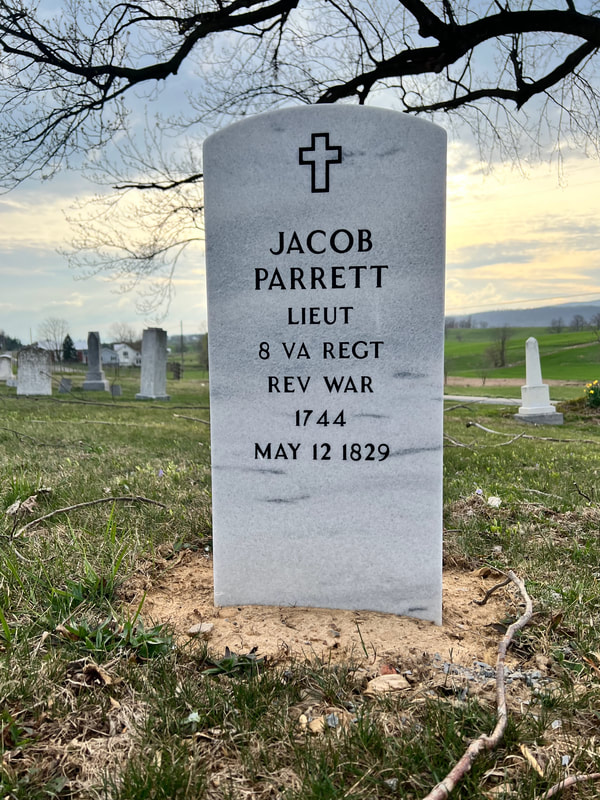
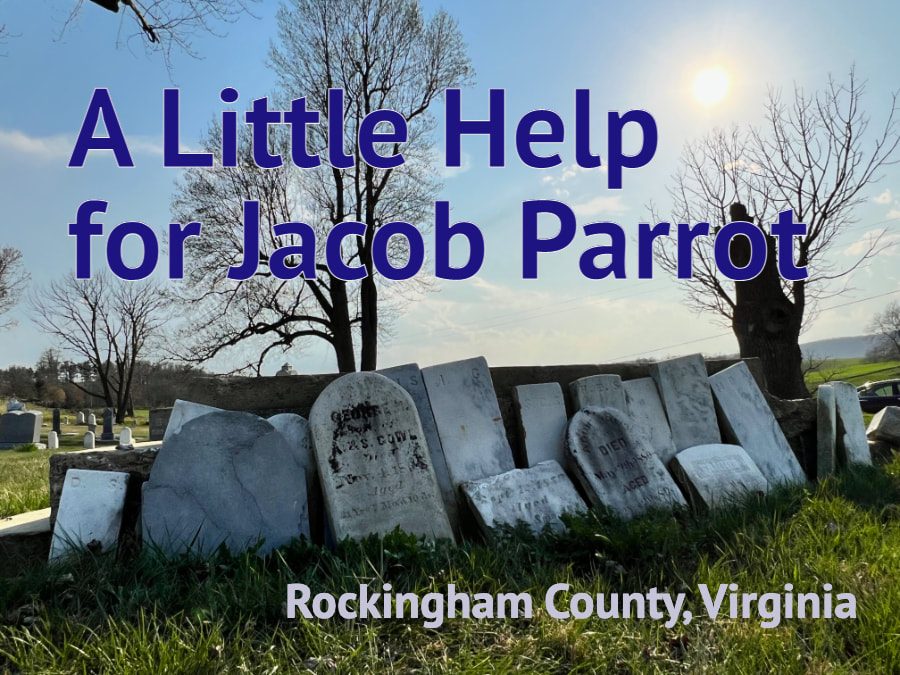
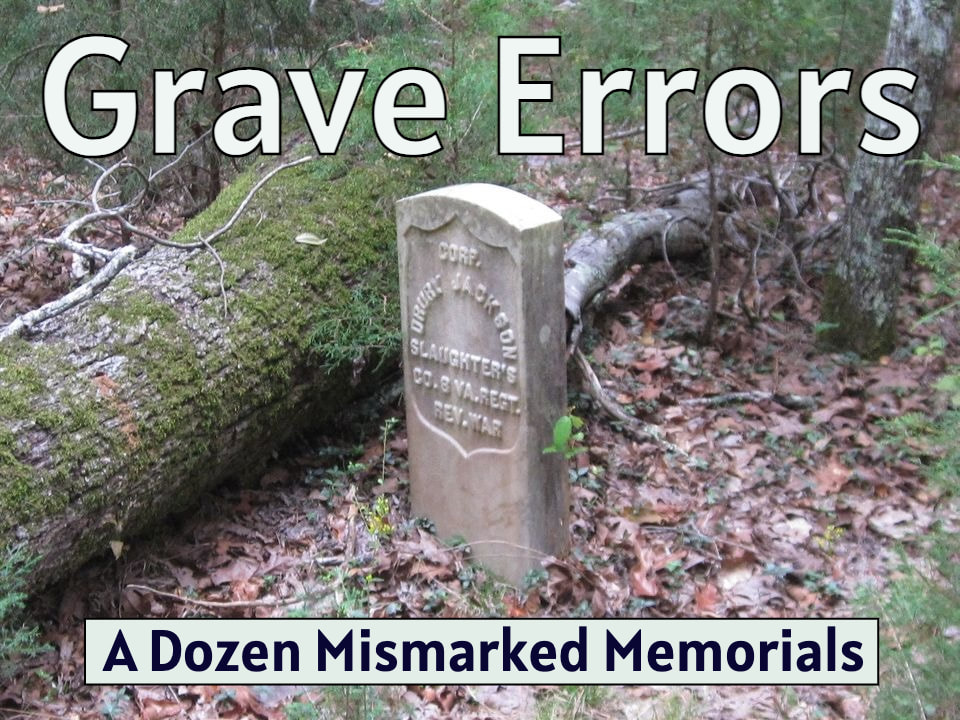
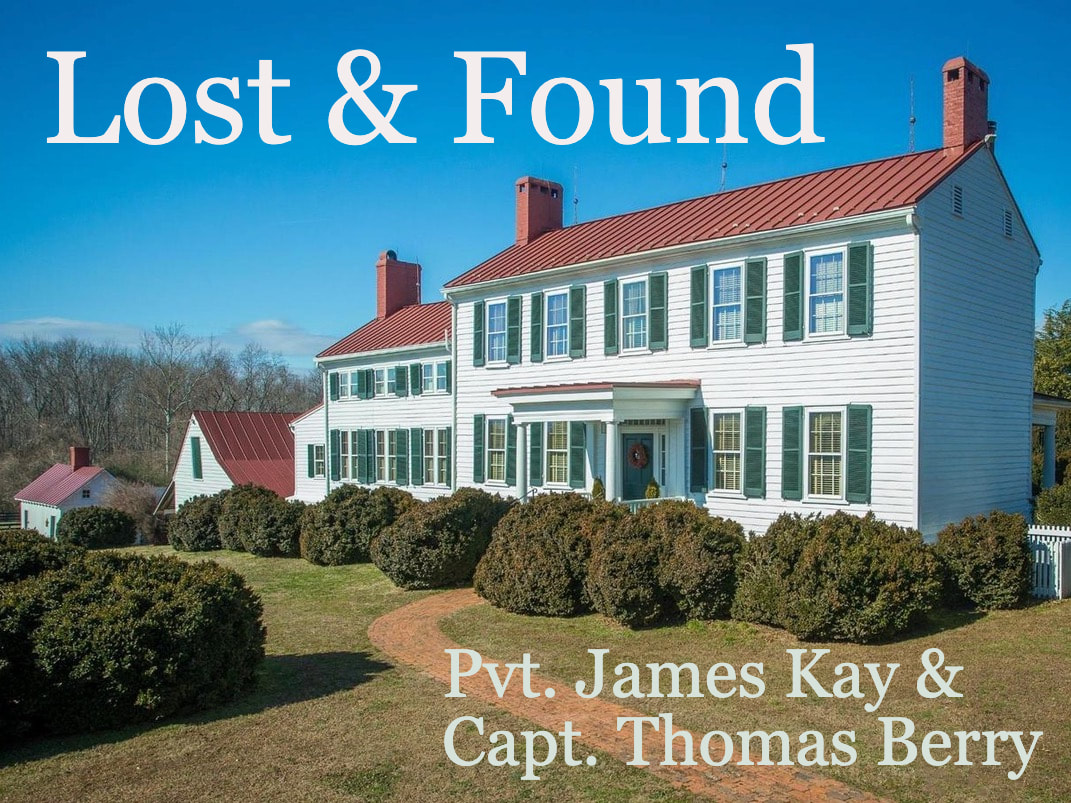
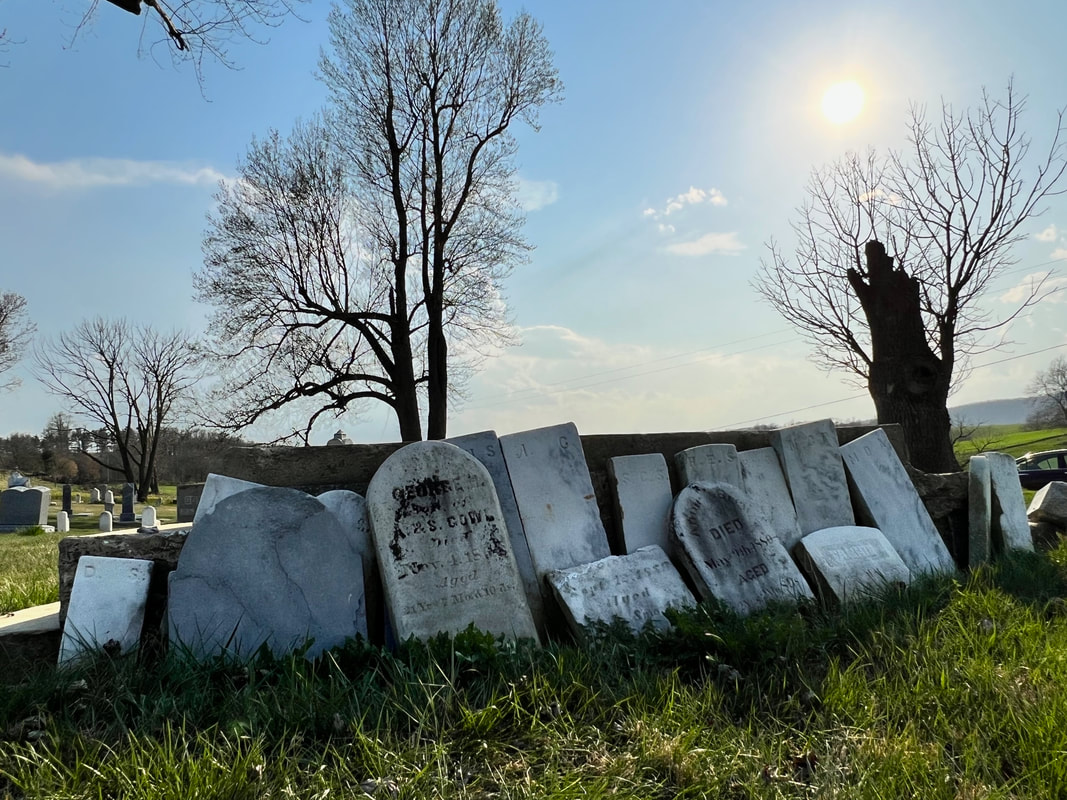
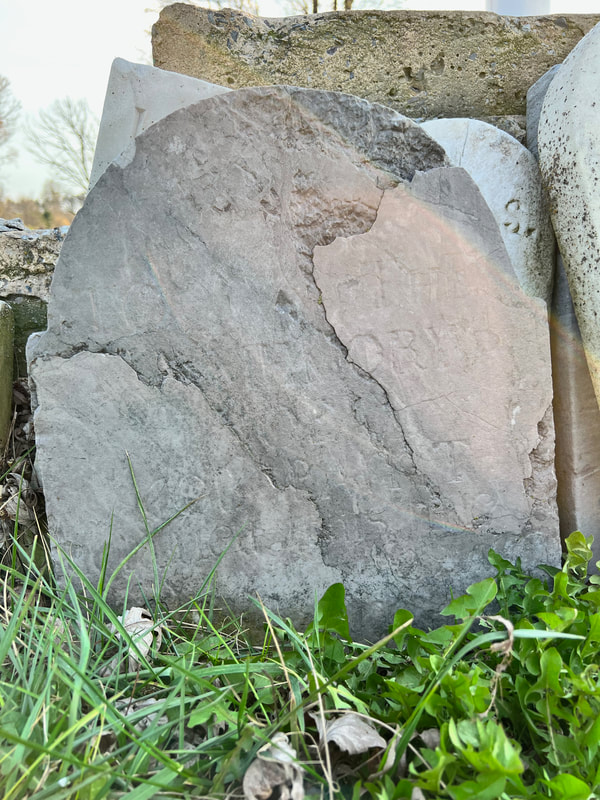
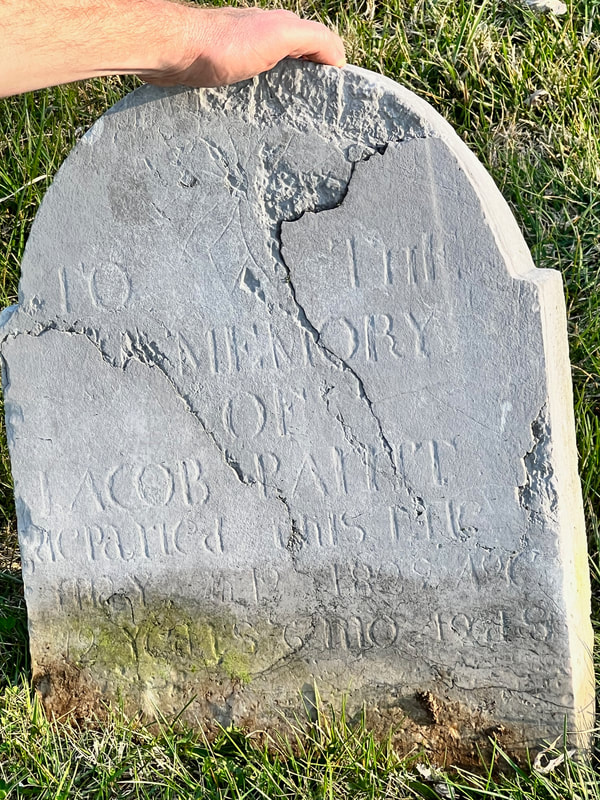
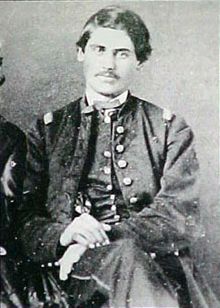
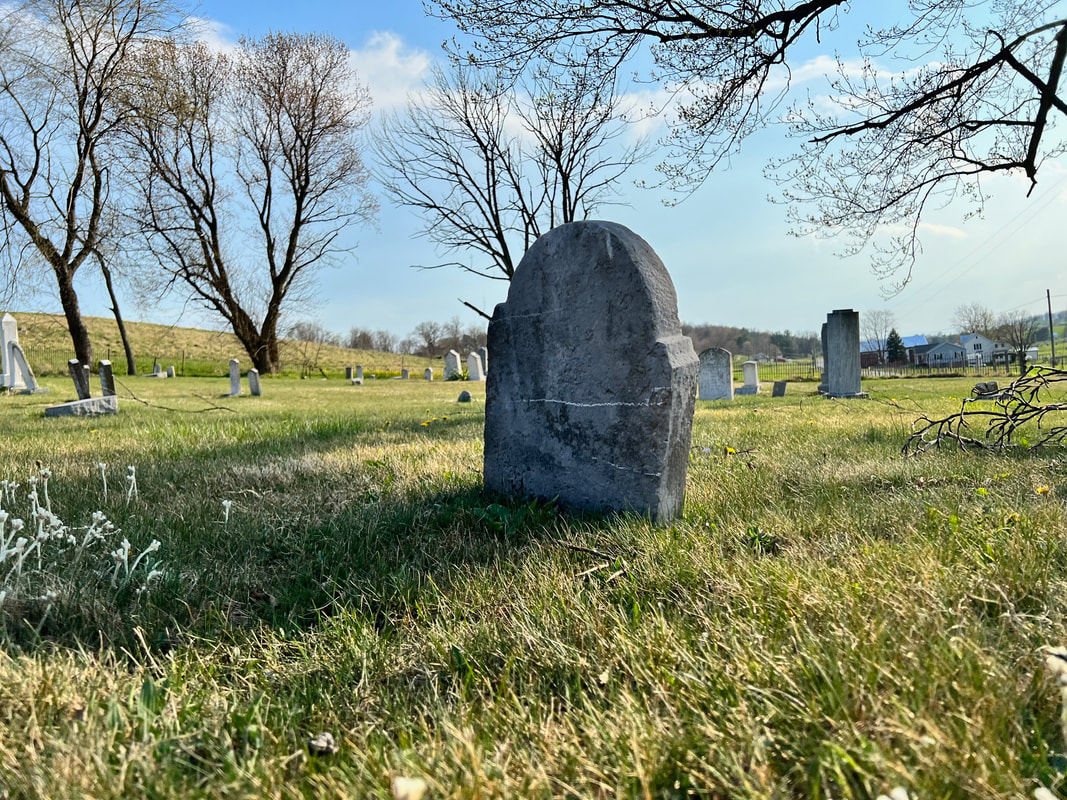
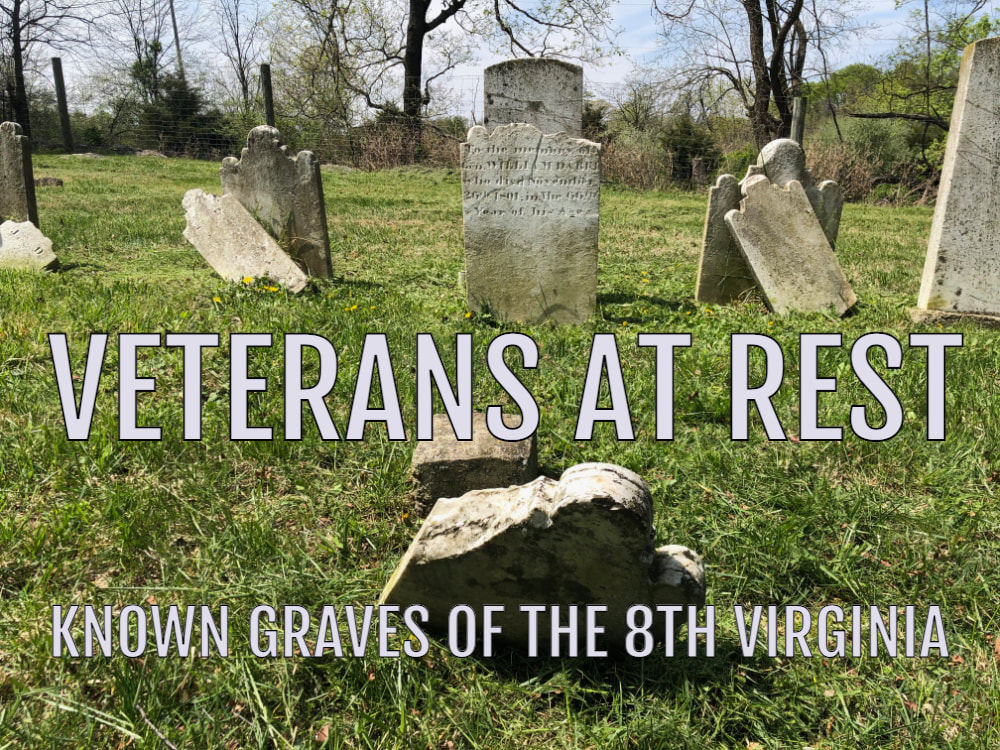
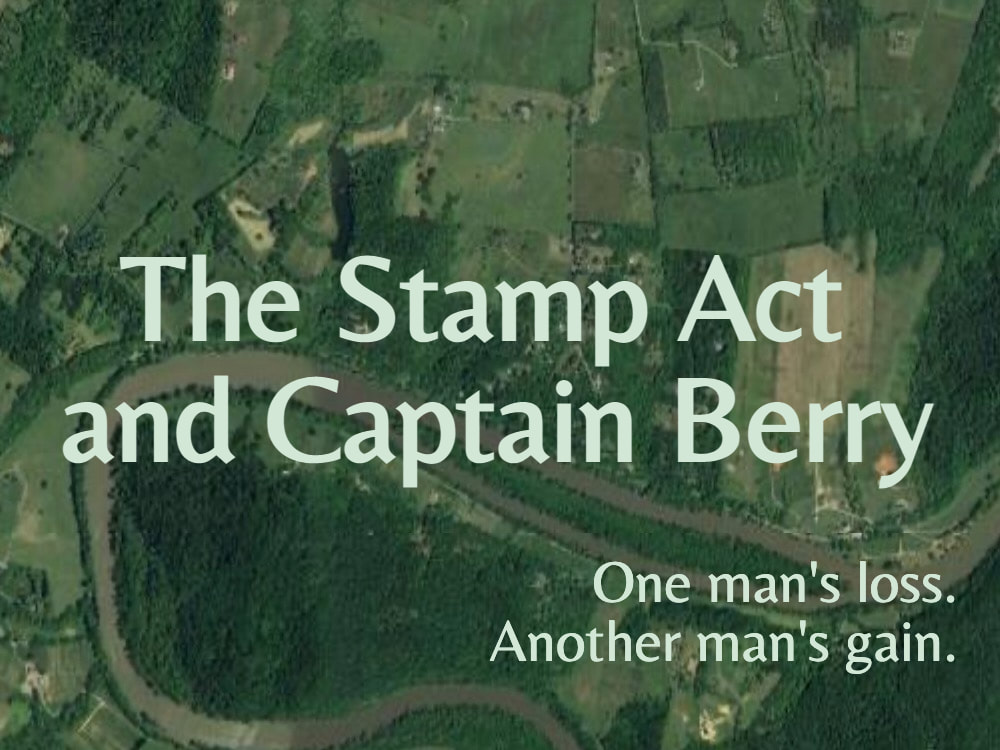


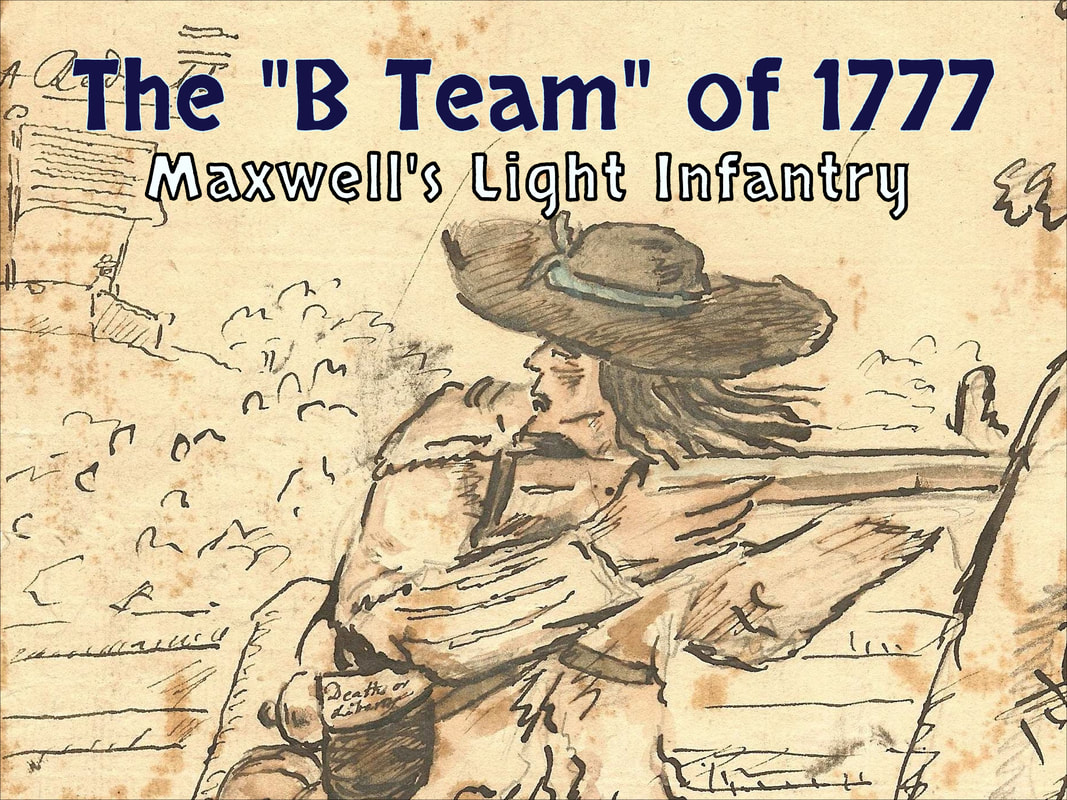
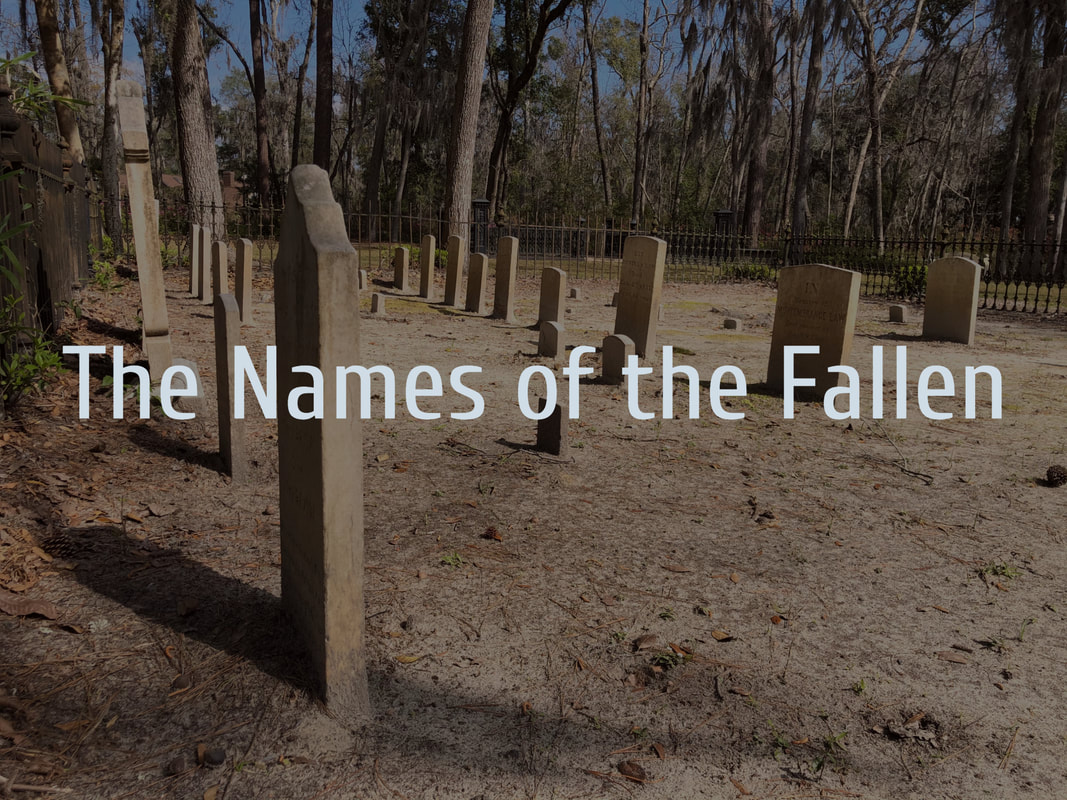
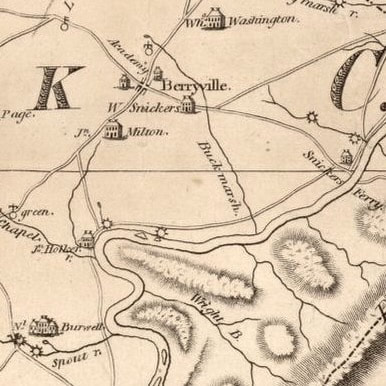
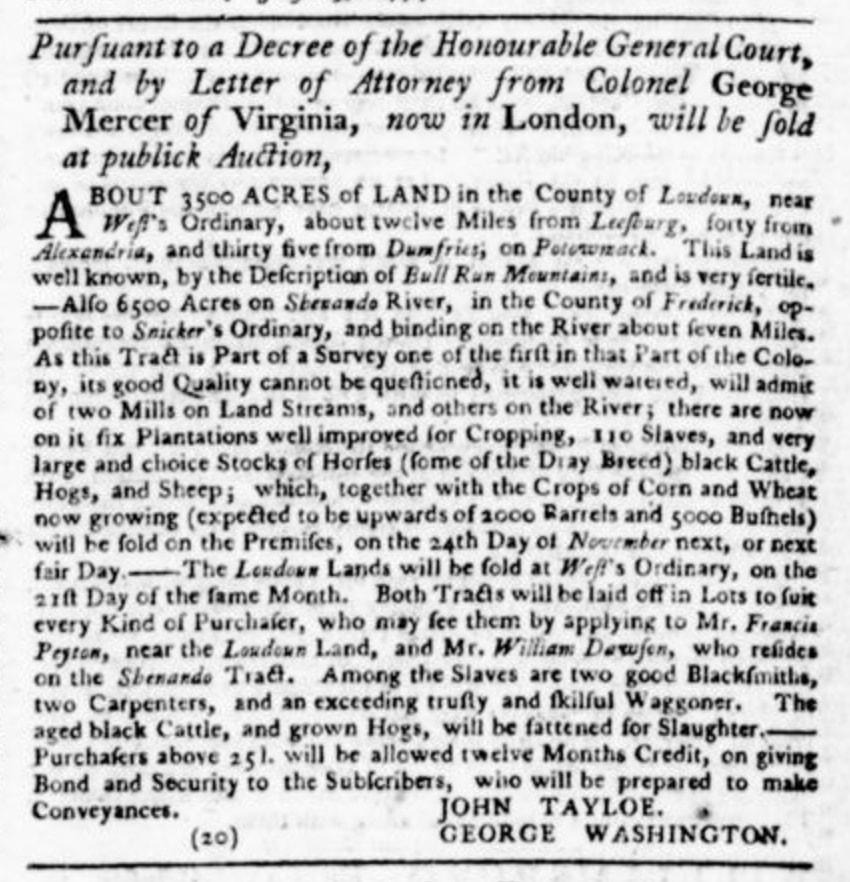
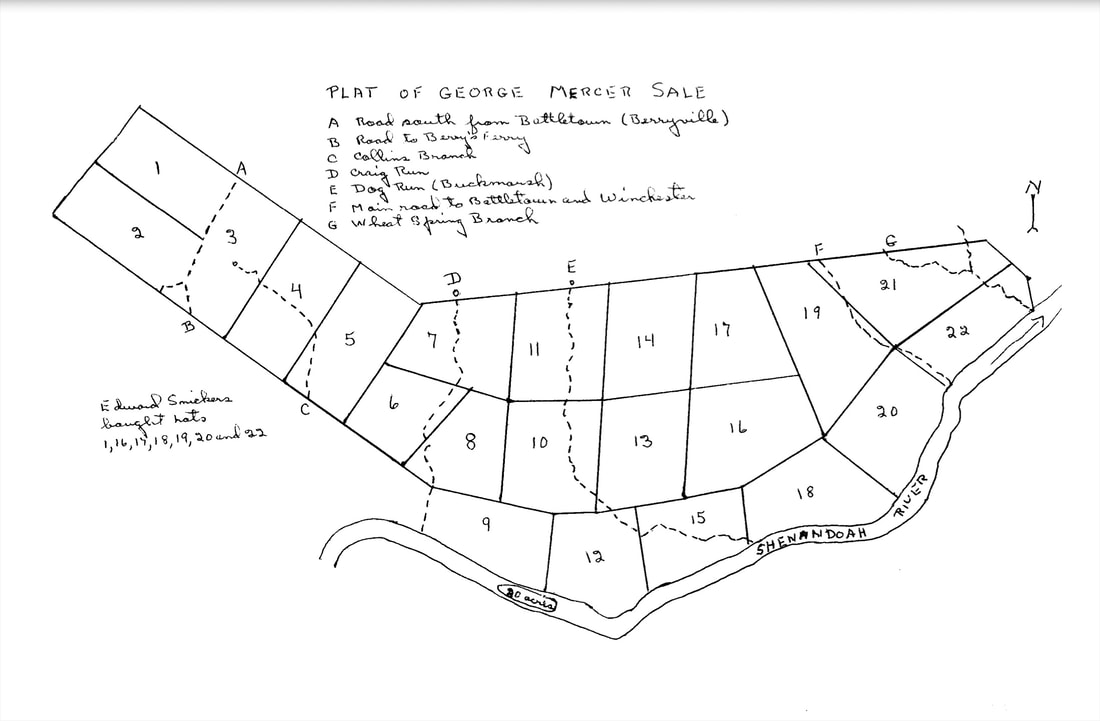
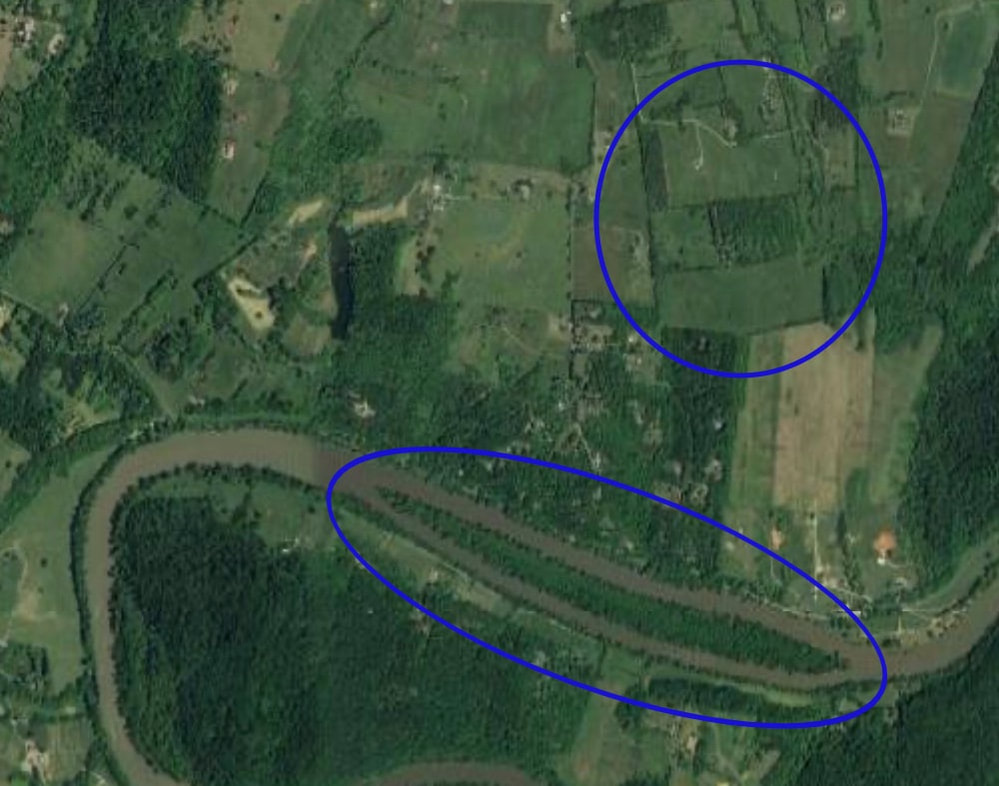
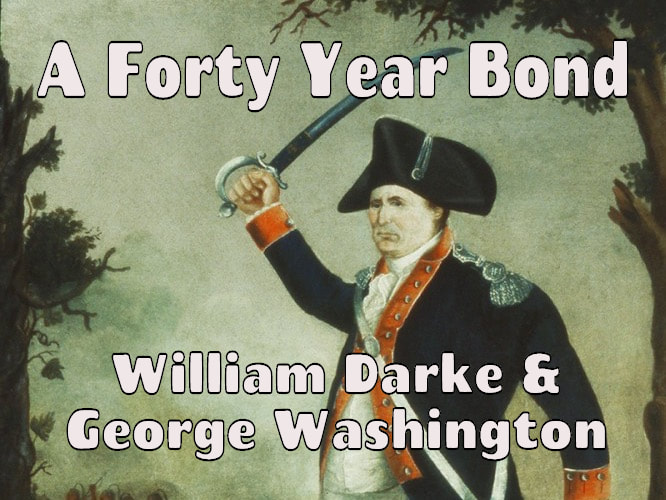
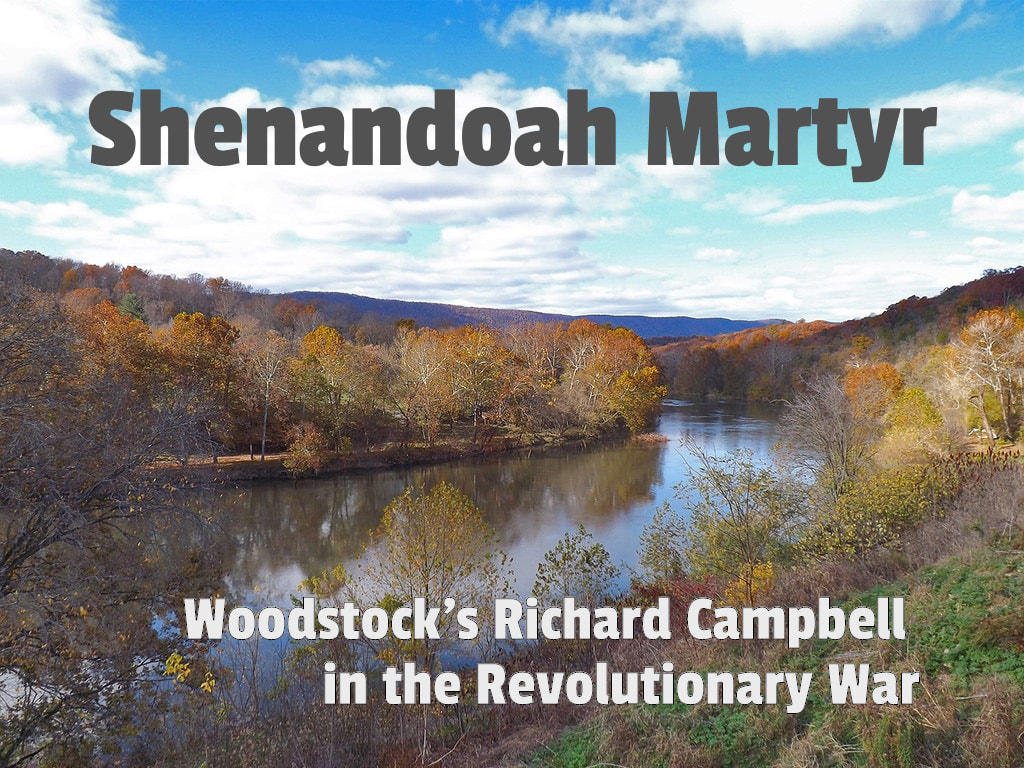
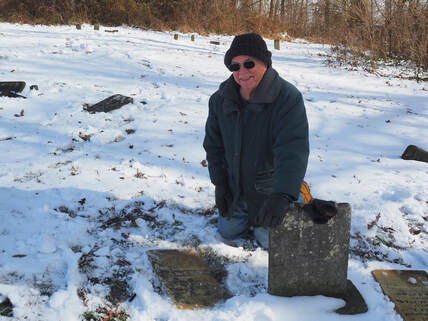
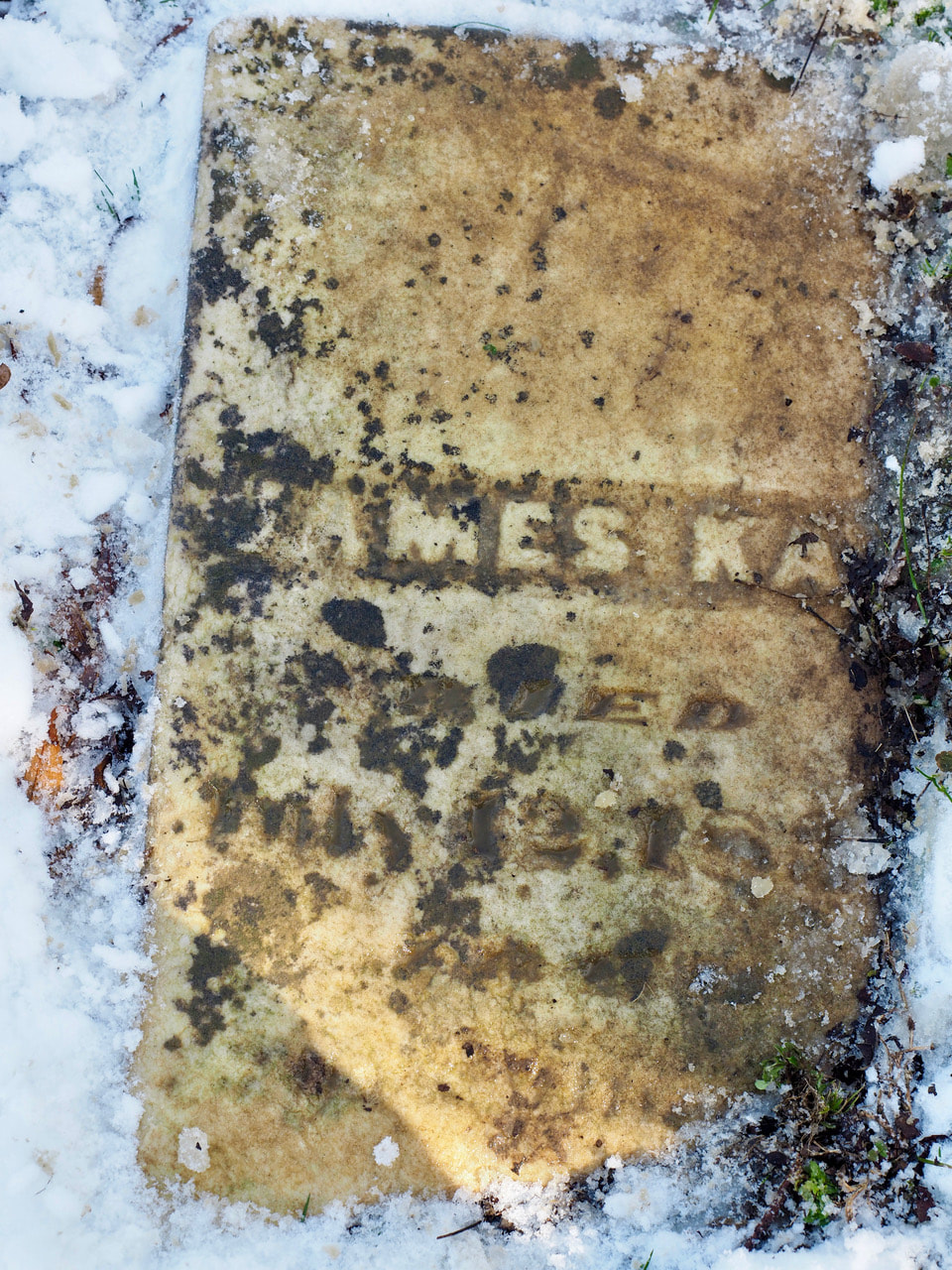
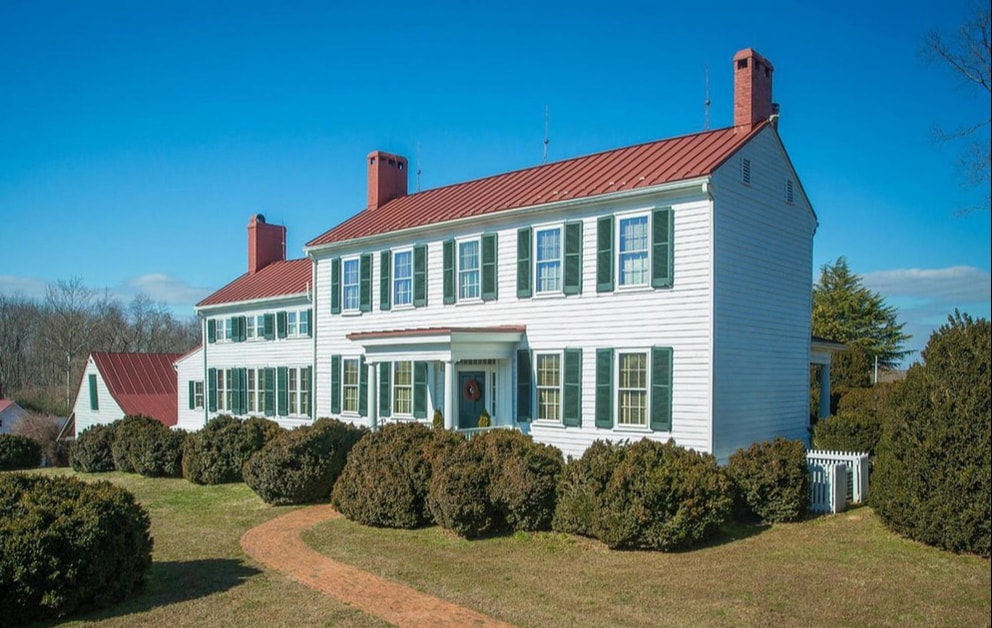
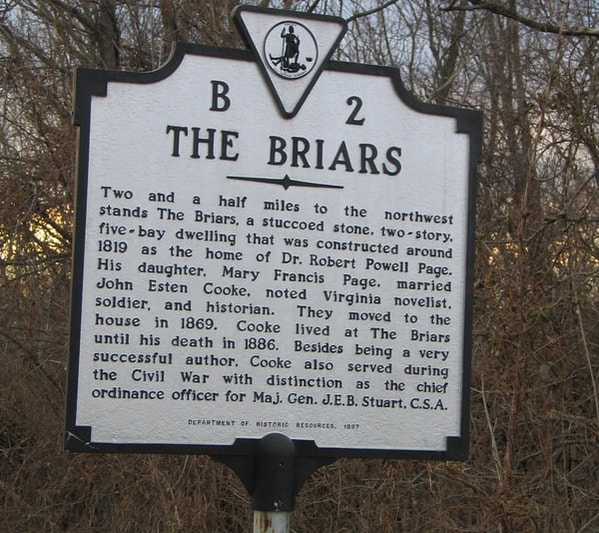
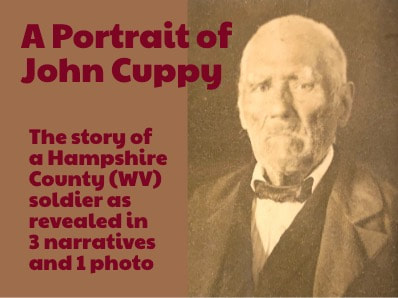
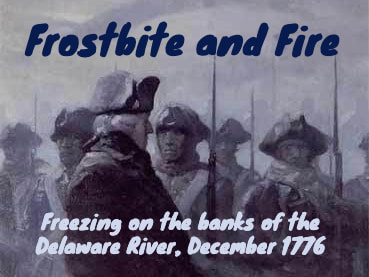
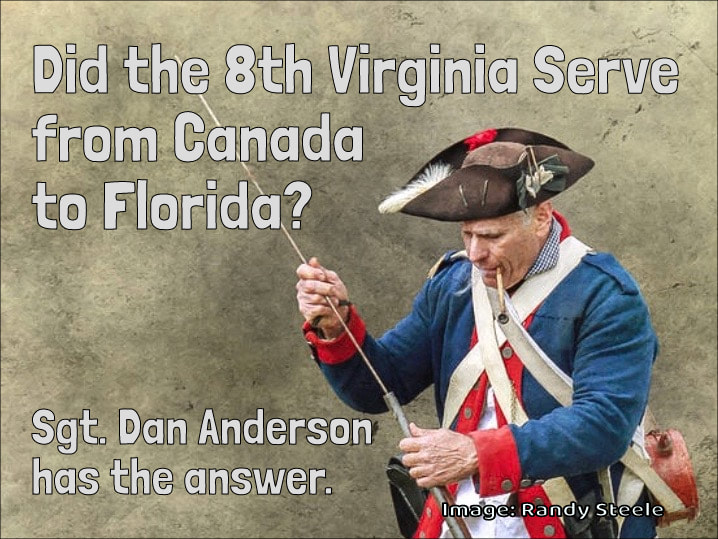
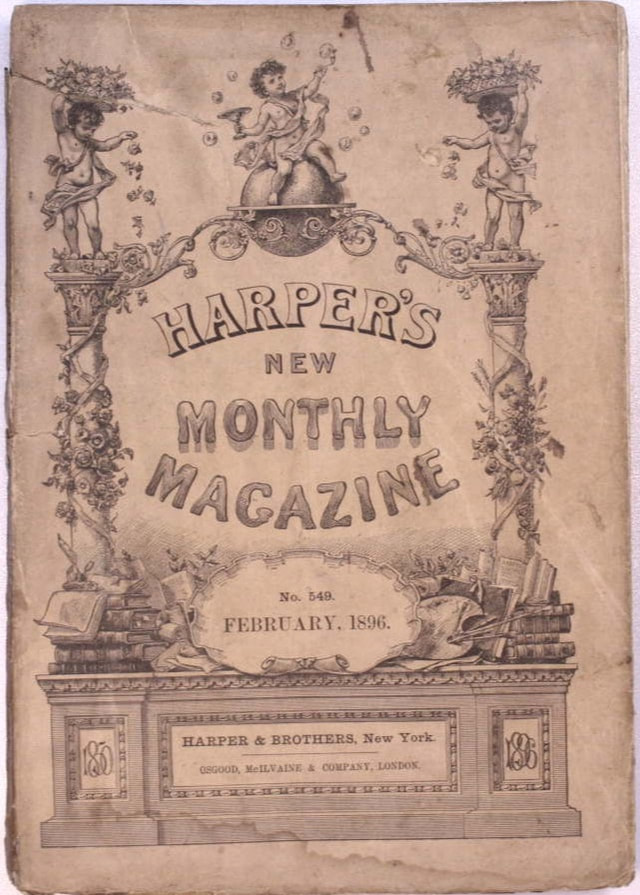
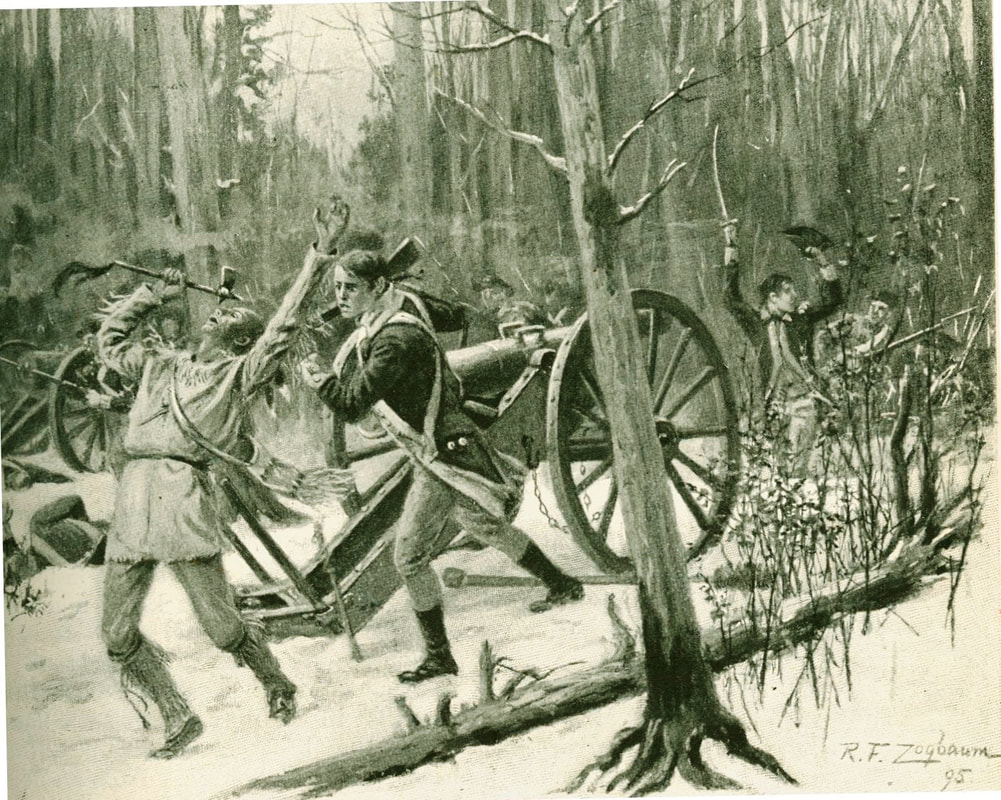
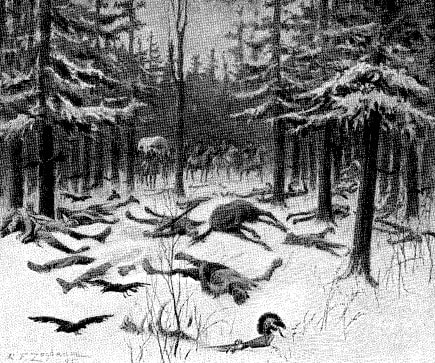
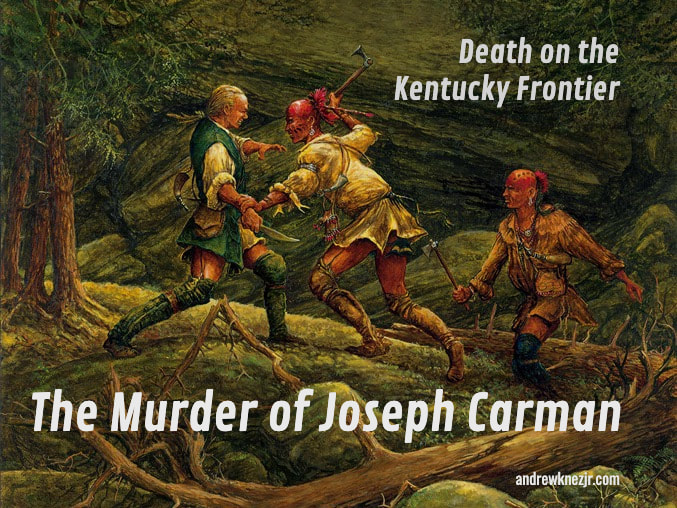
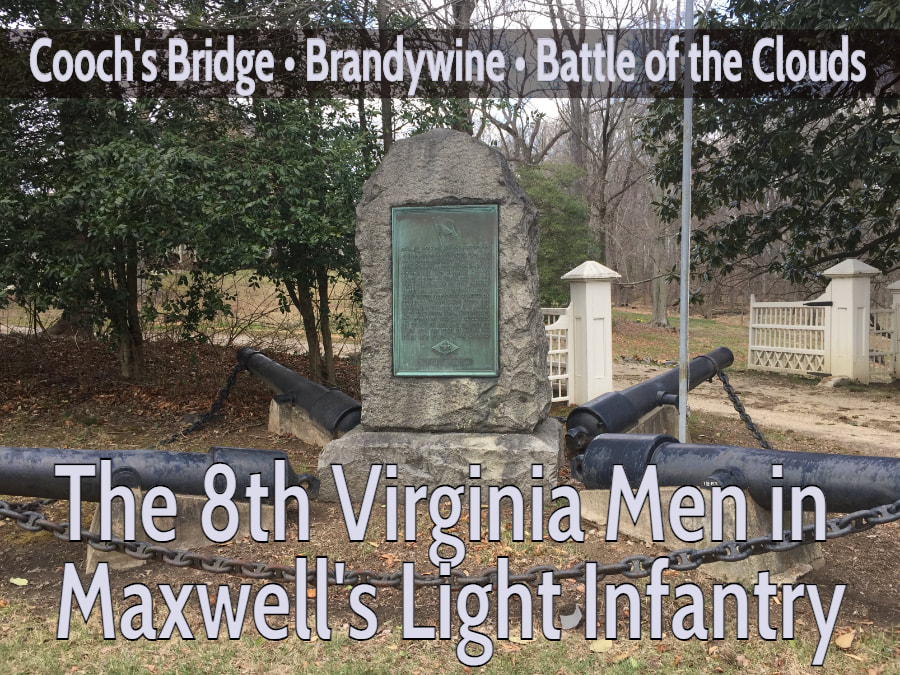
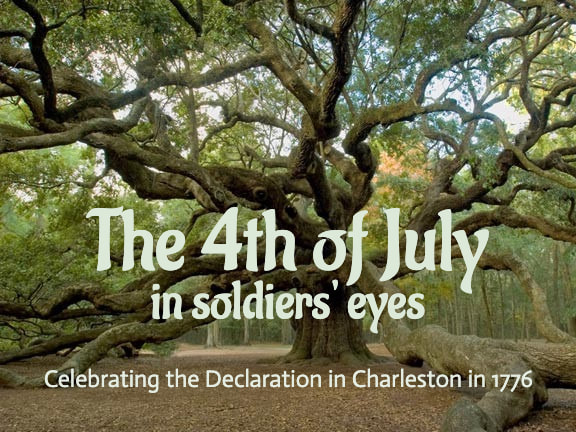
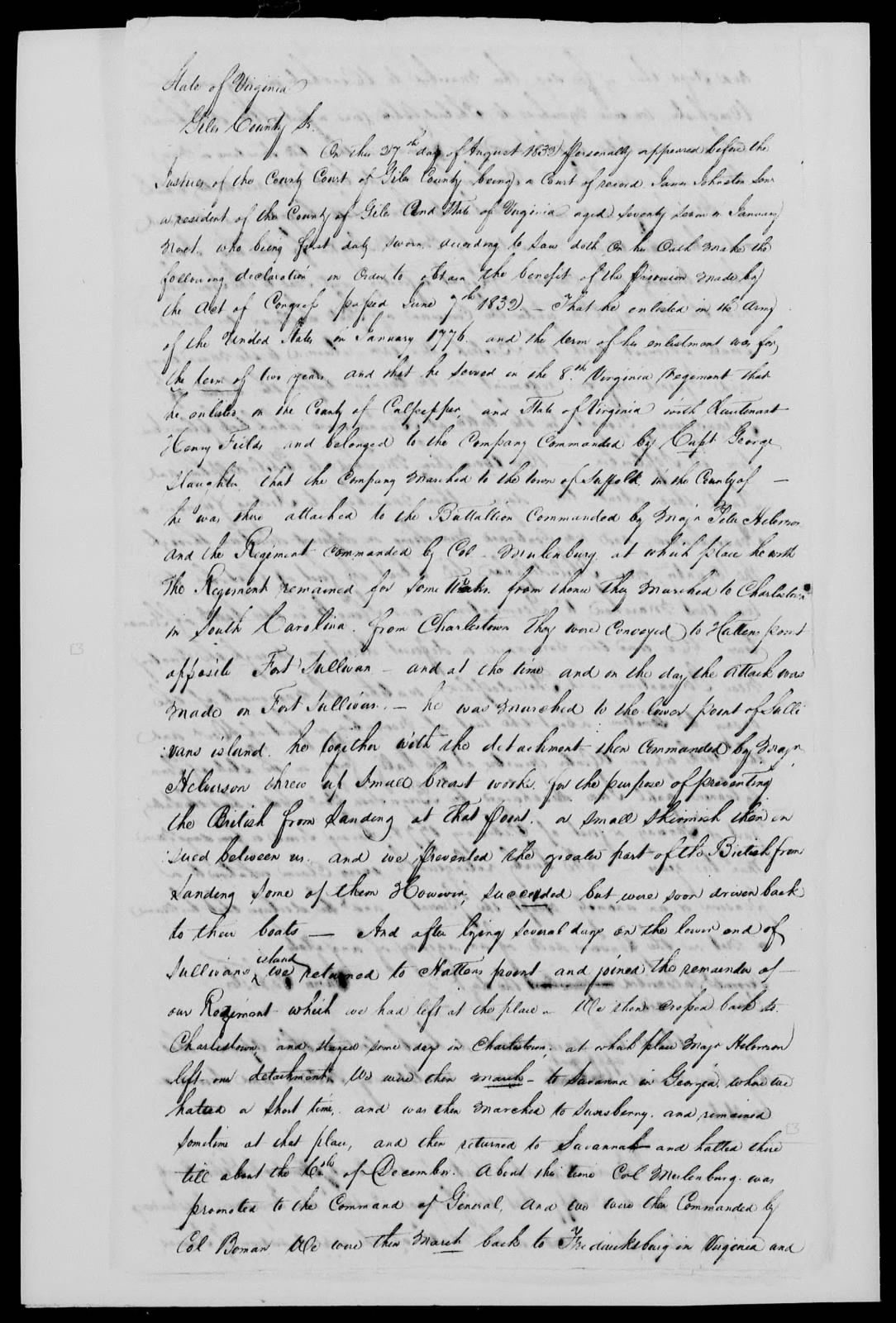
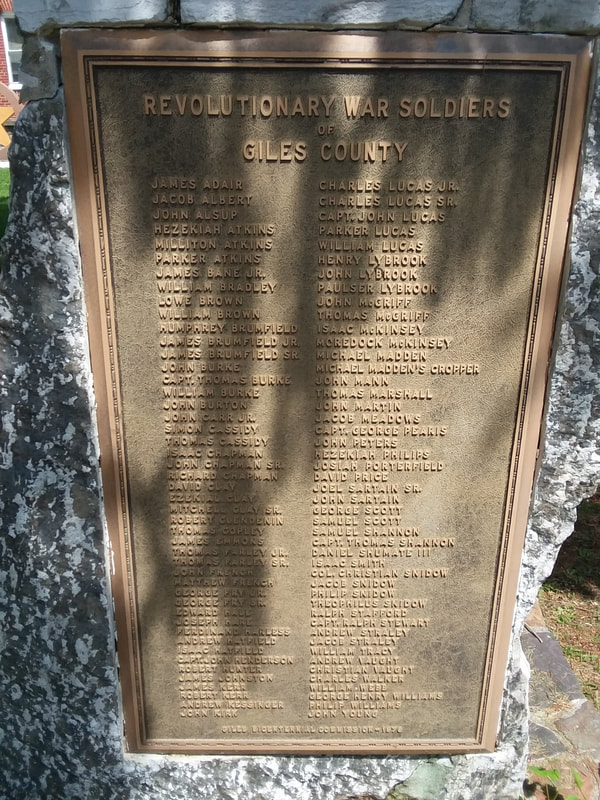
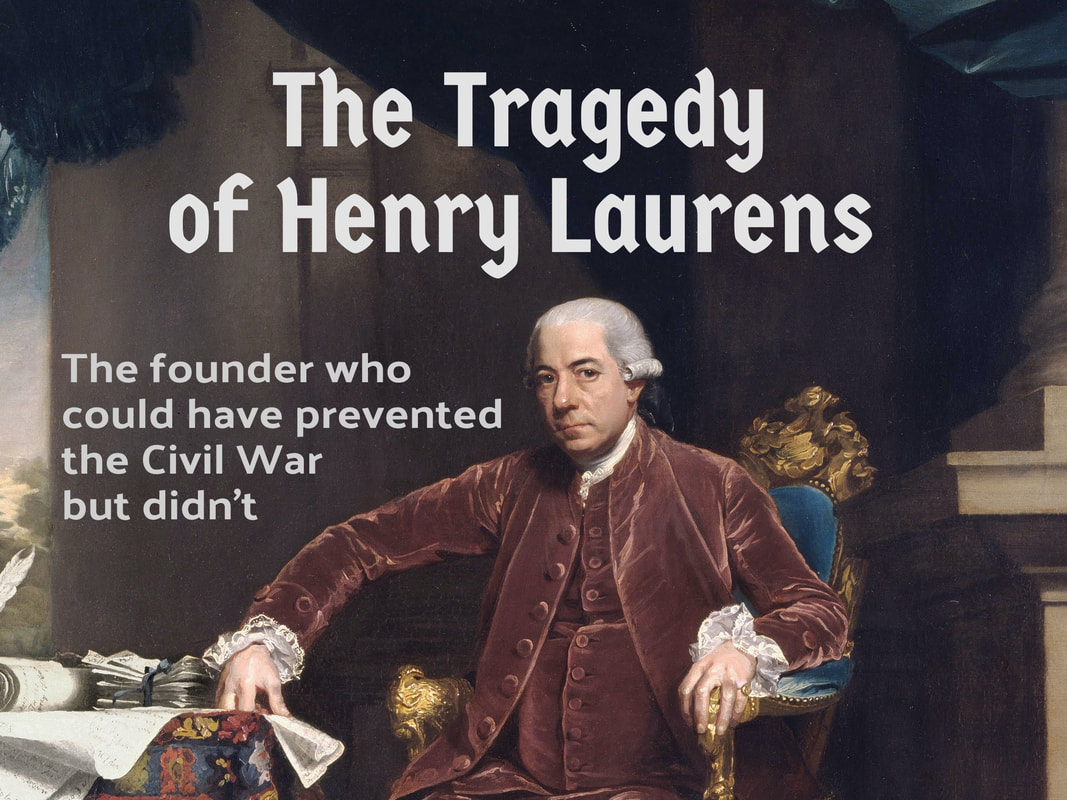
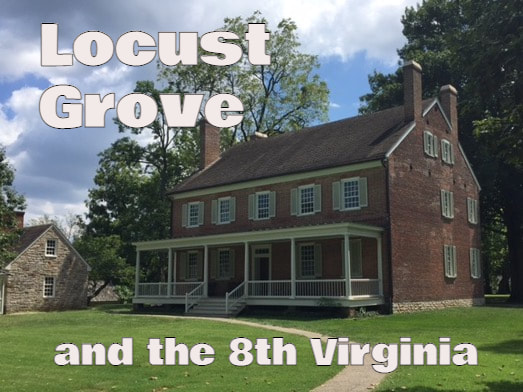
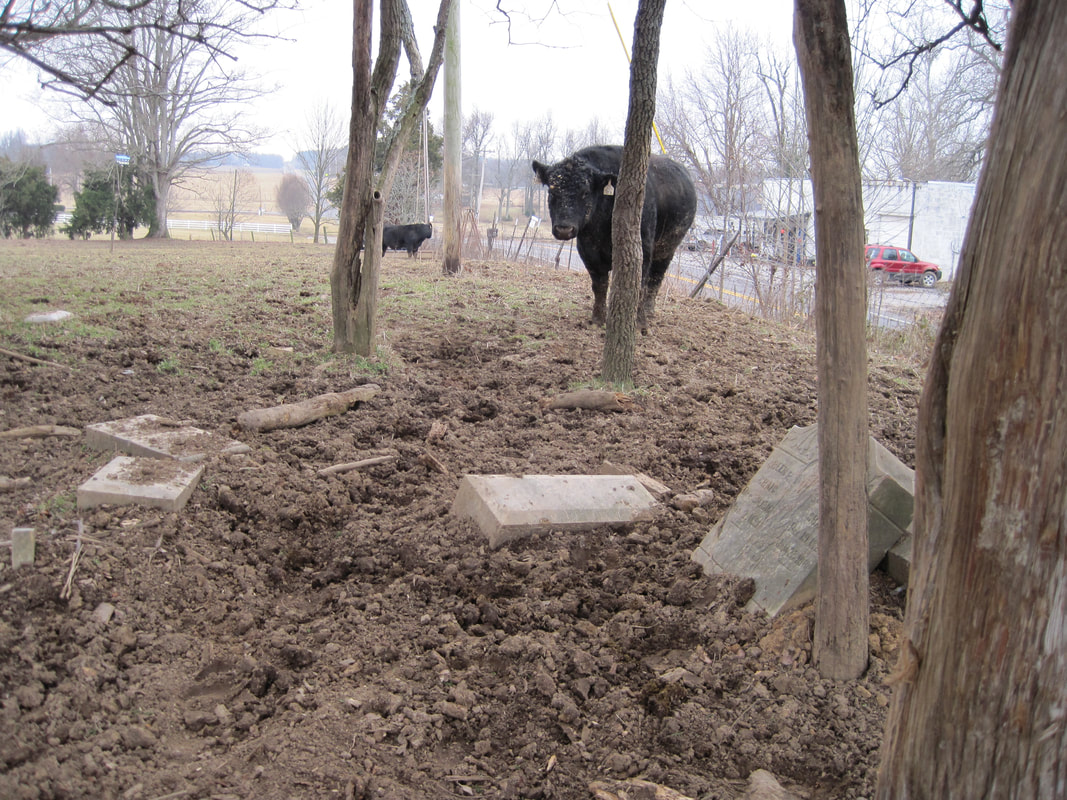
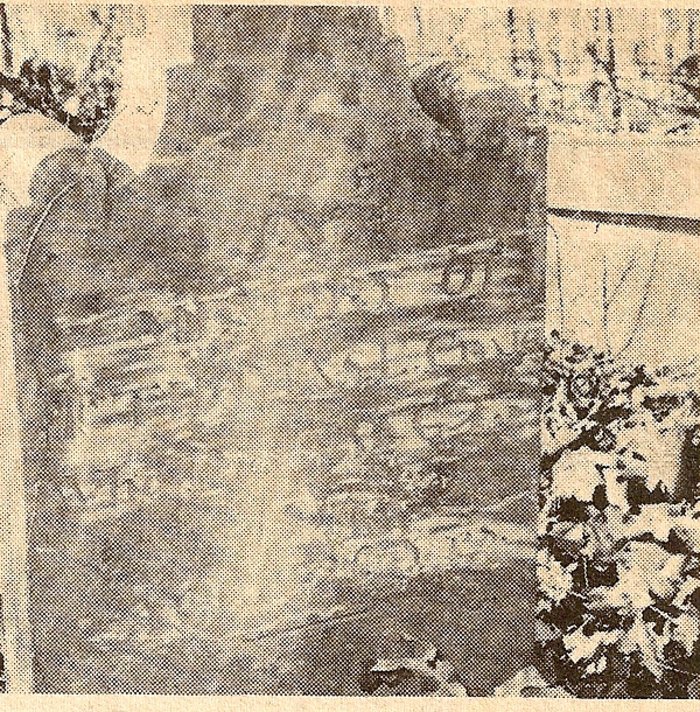
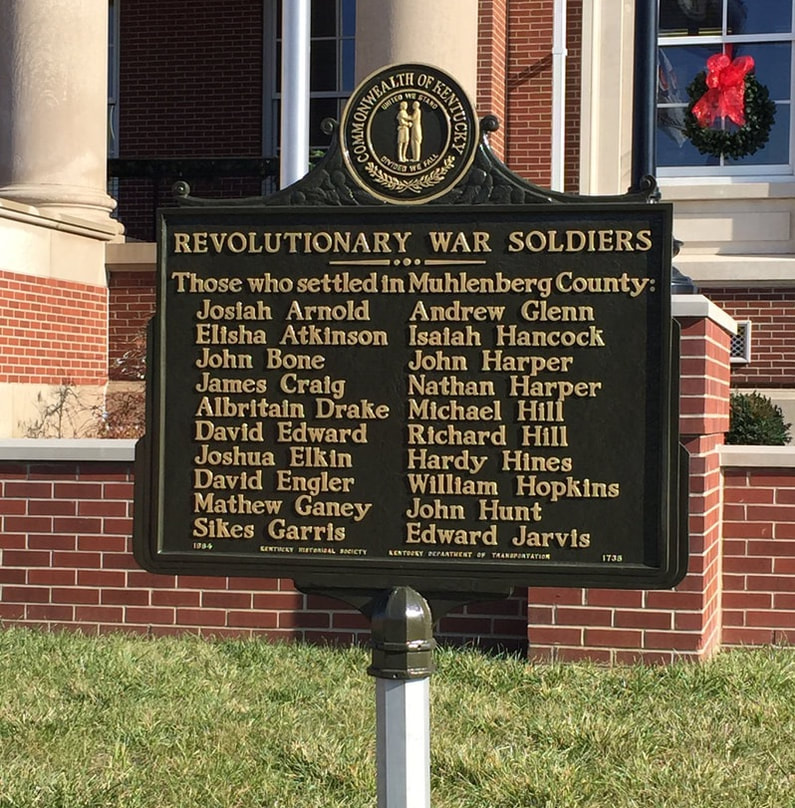
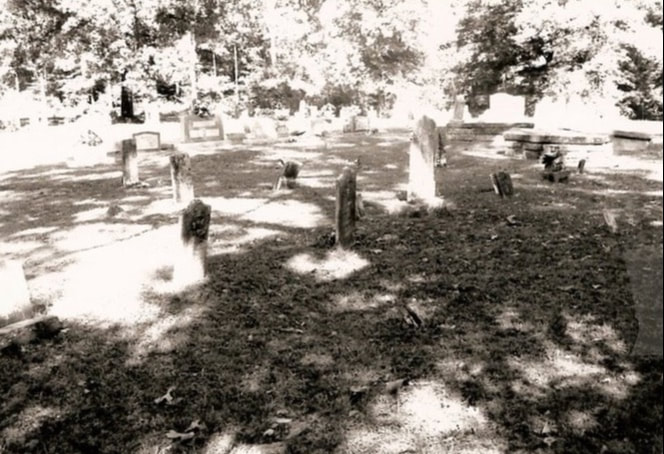
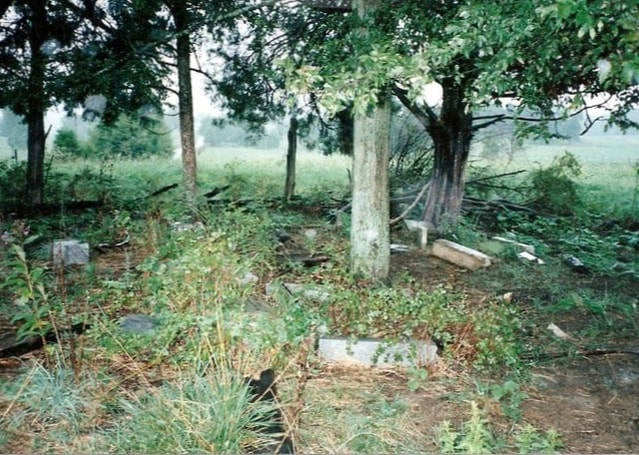
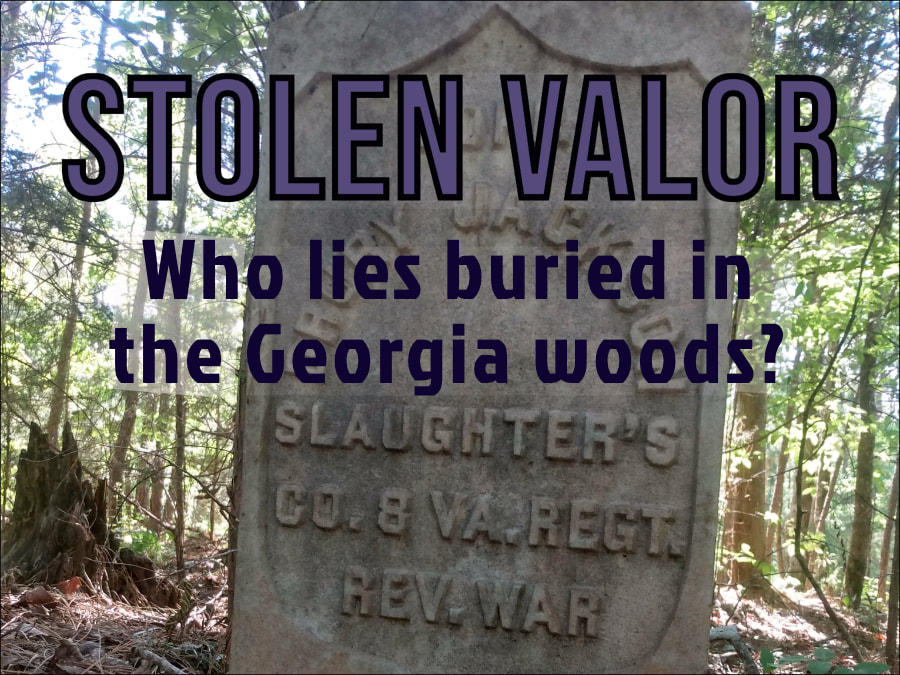
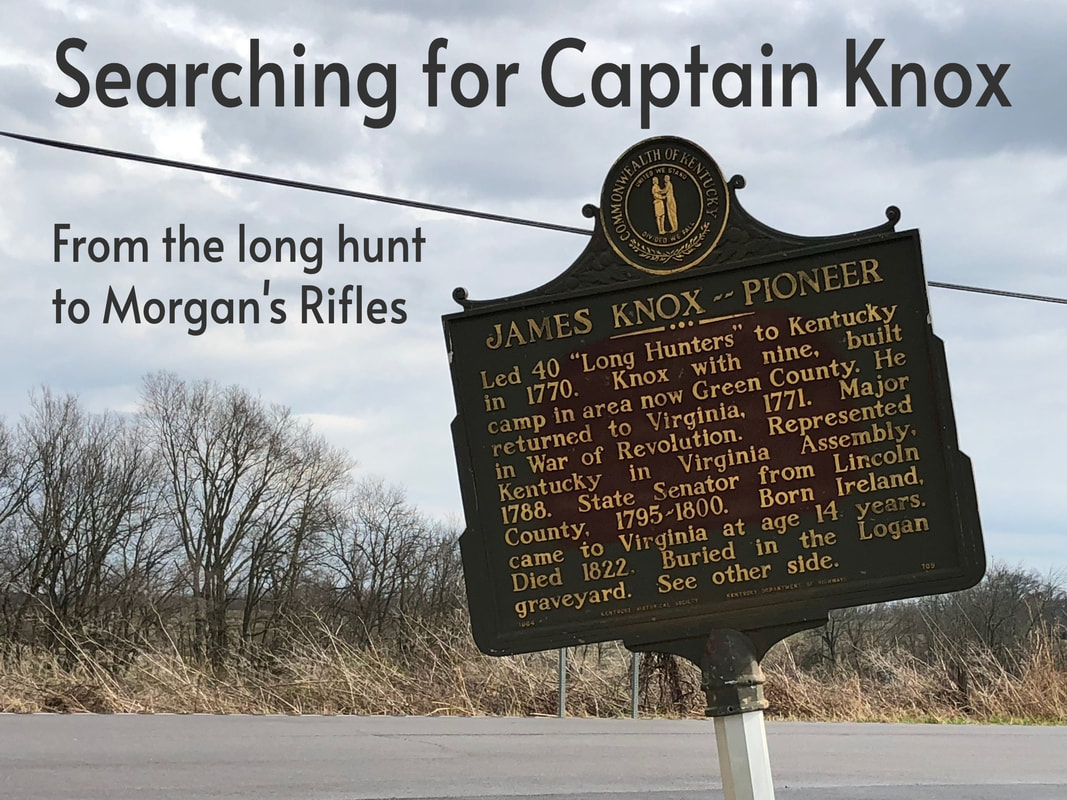
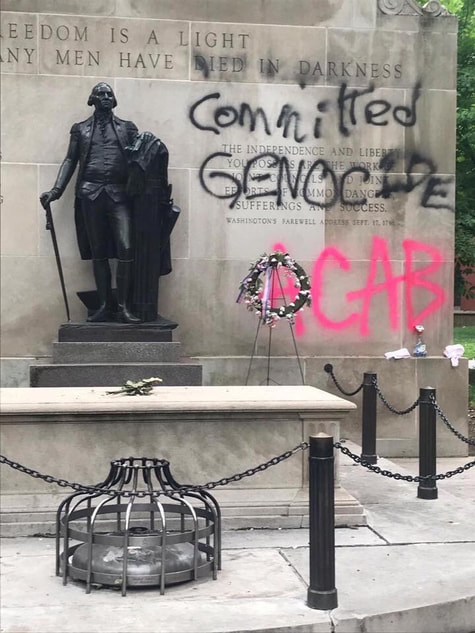

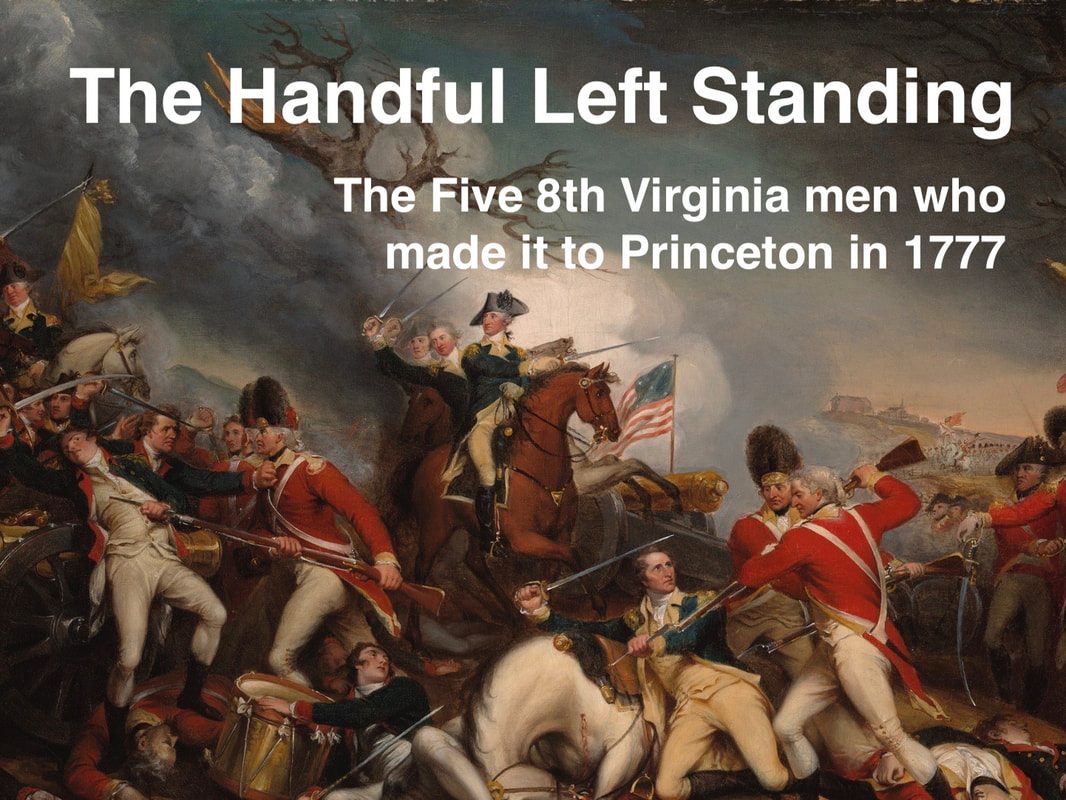
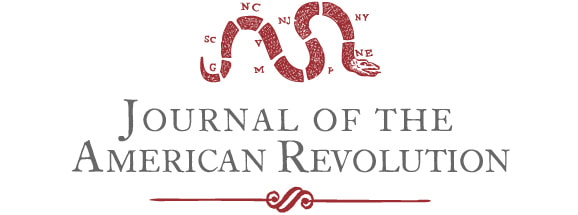
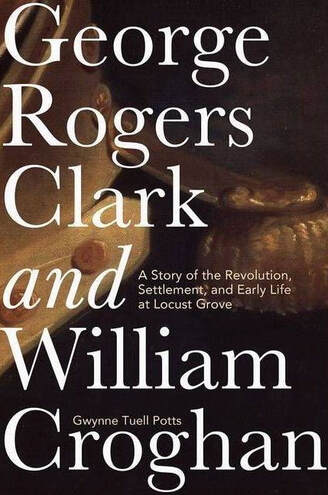
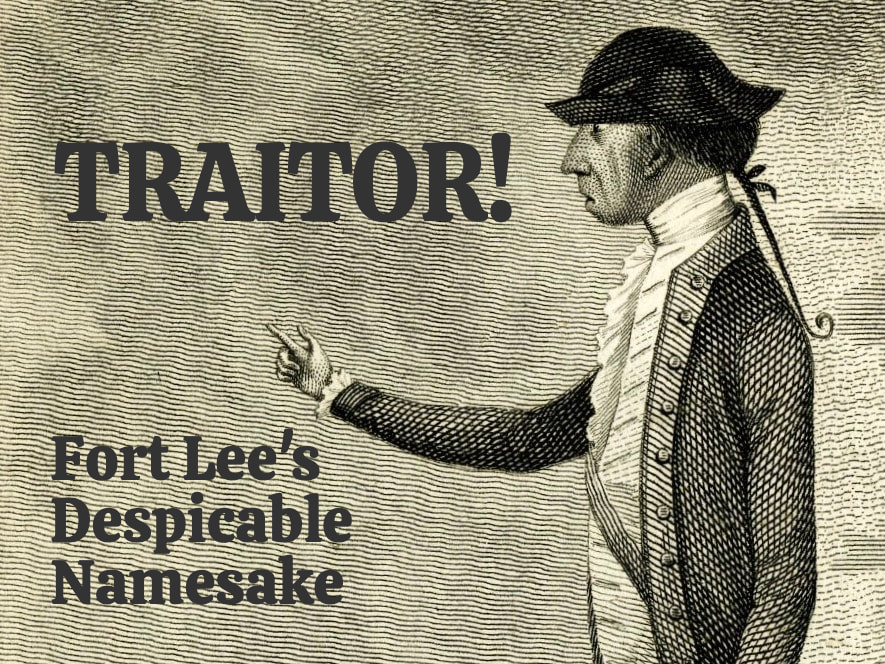
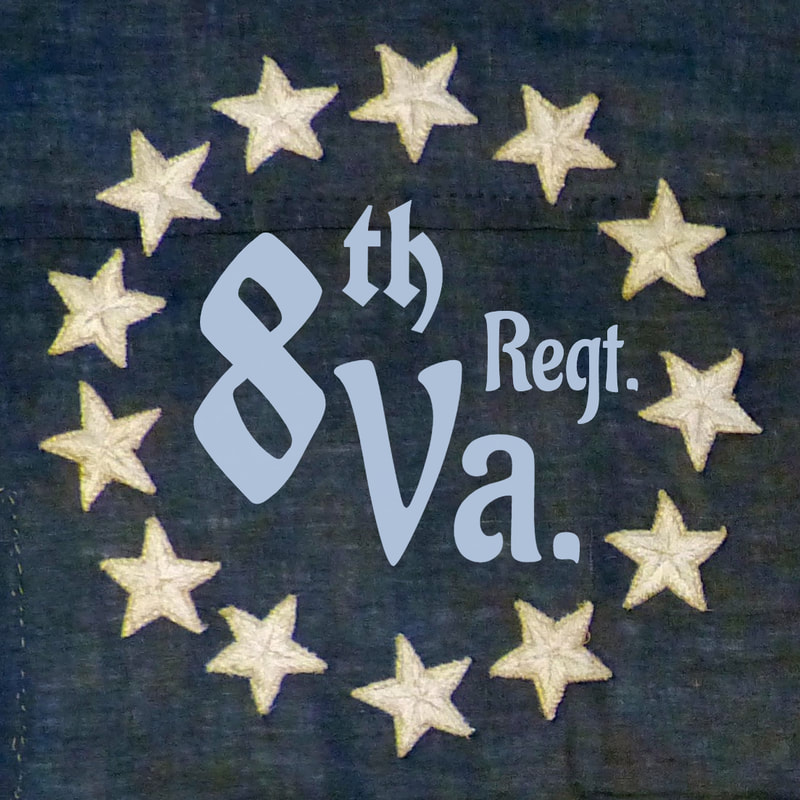
 RSS Feed
RSS Feed